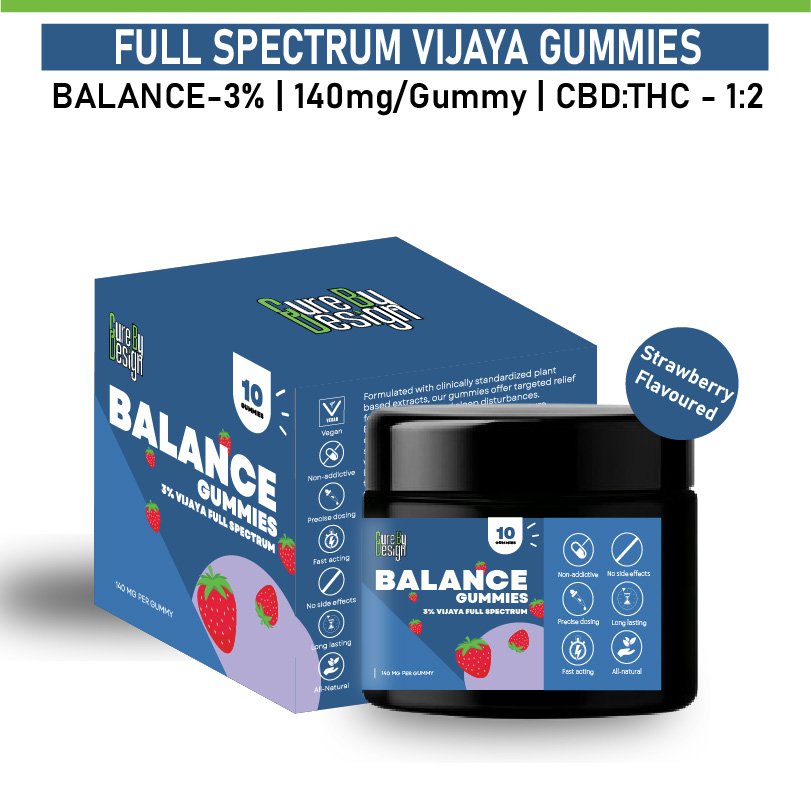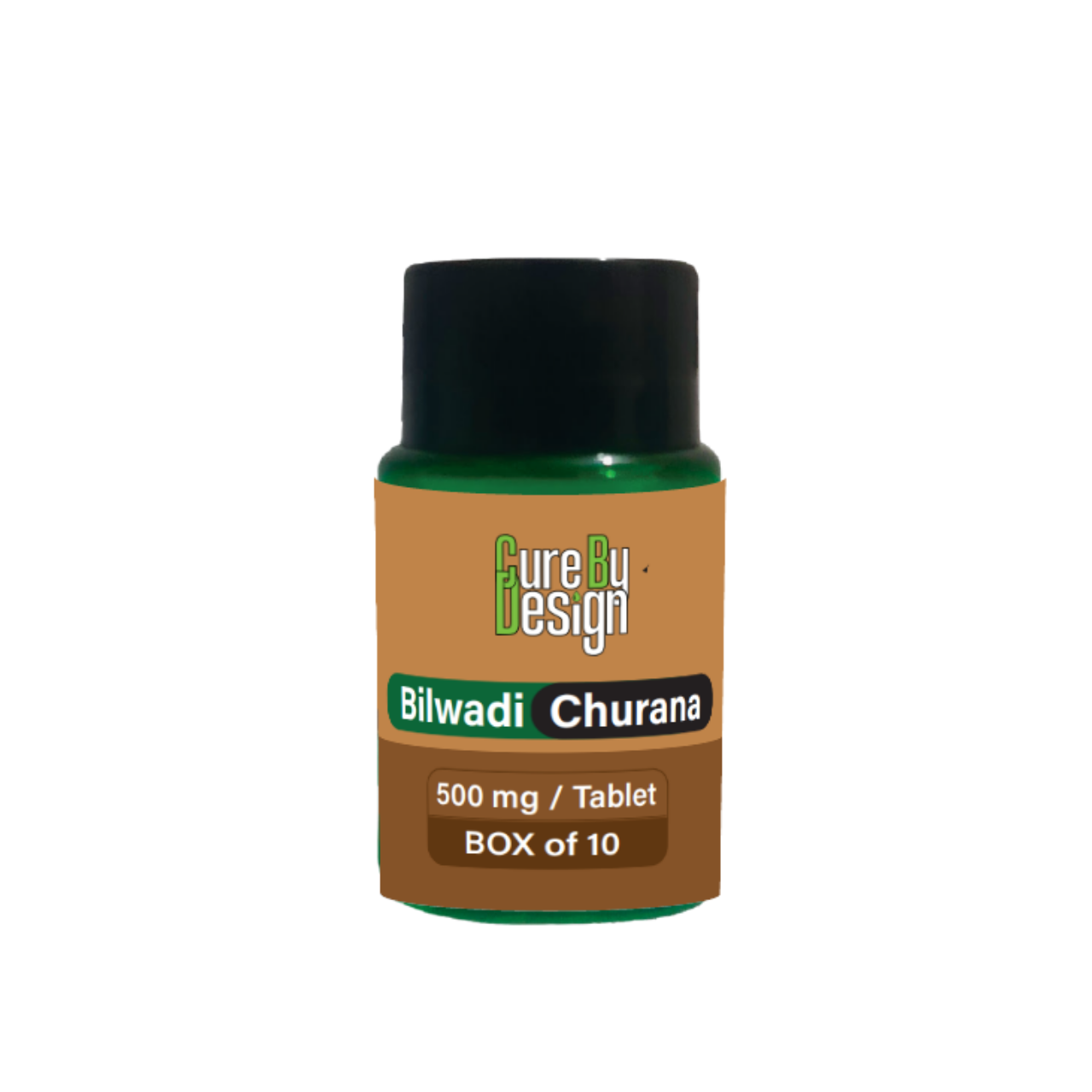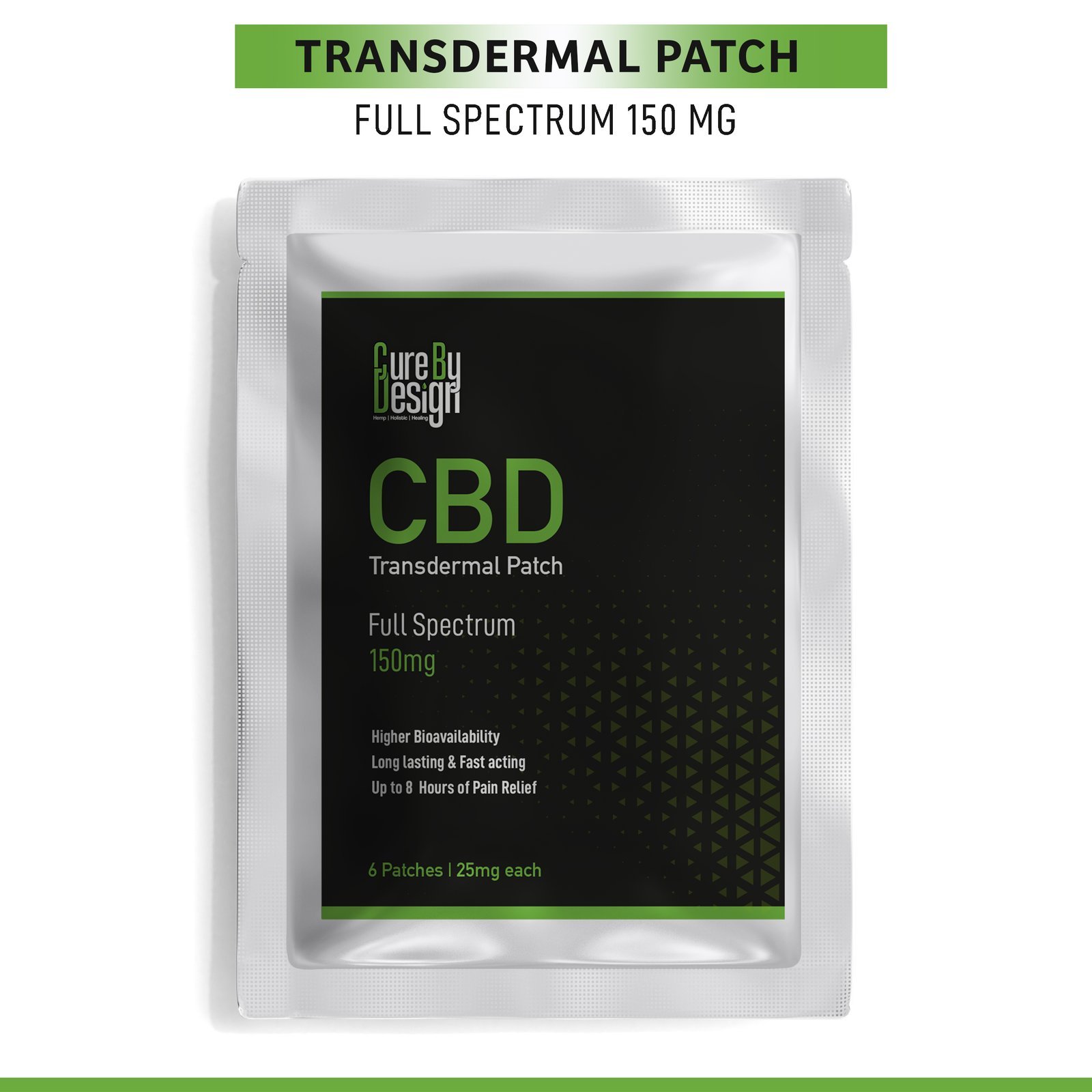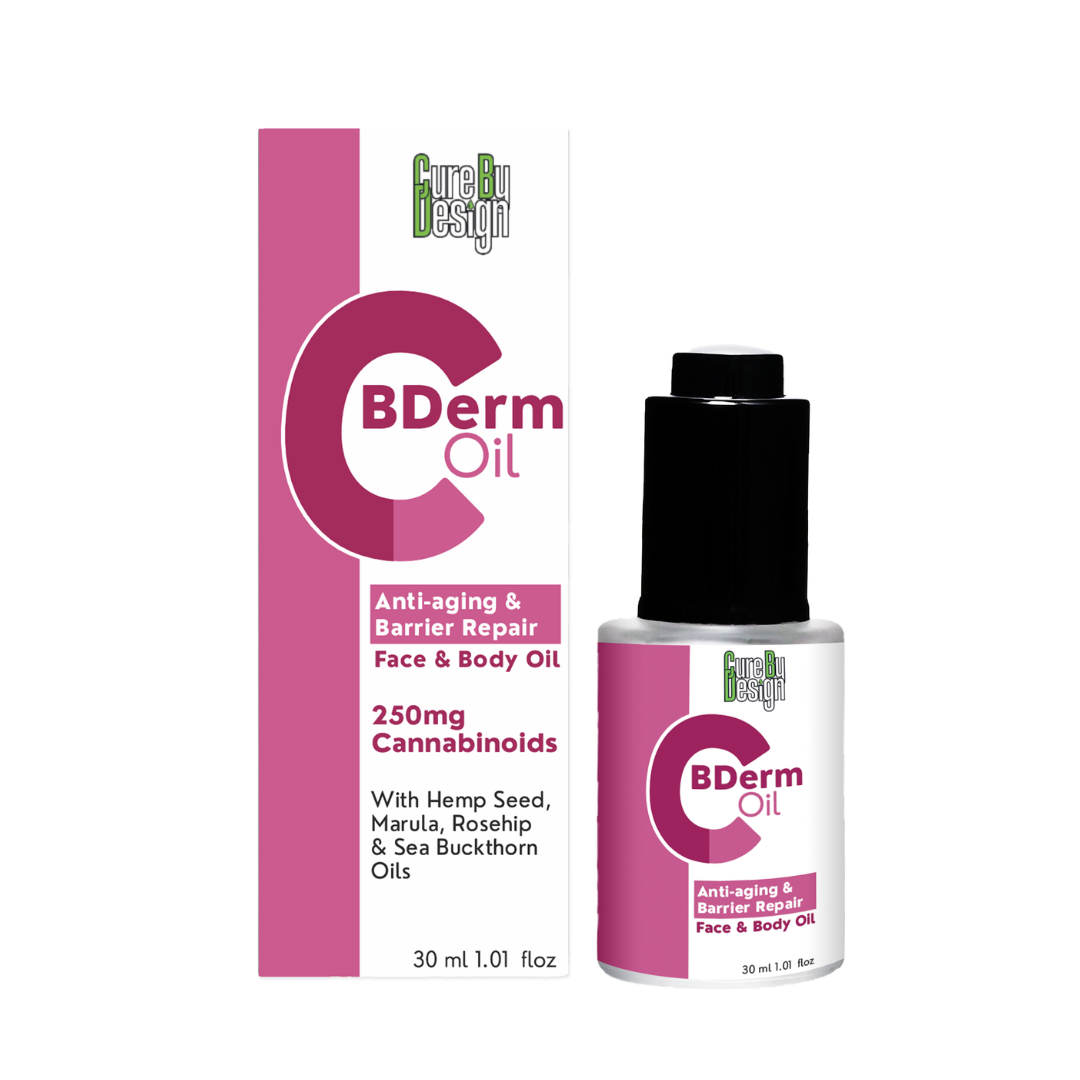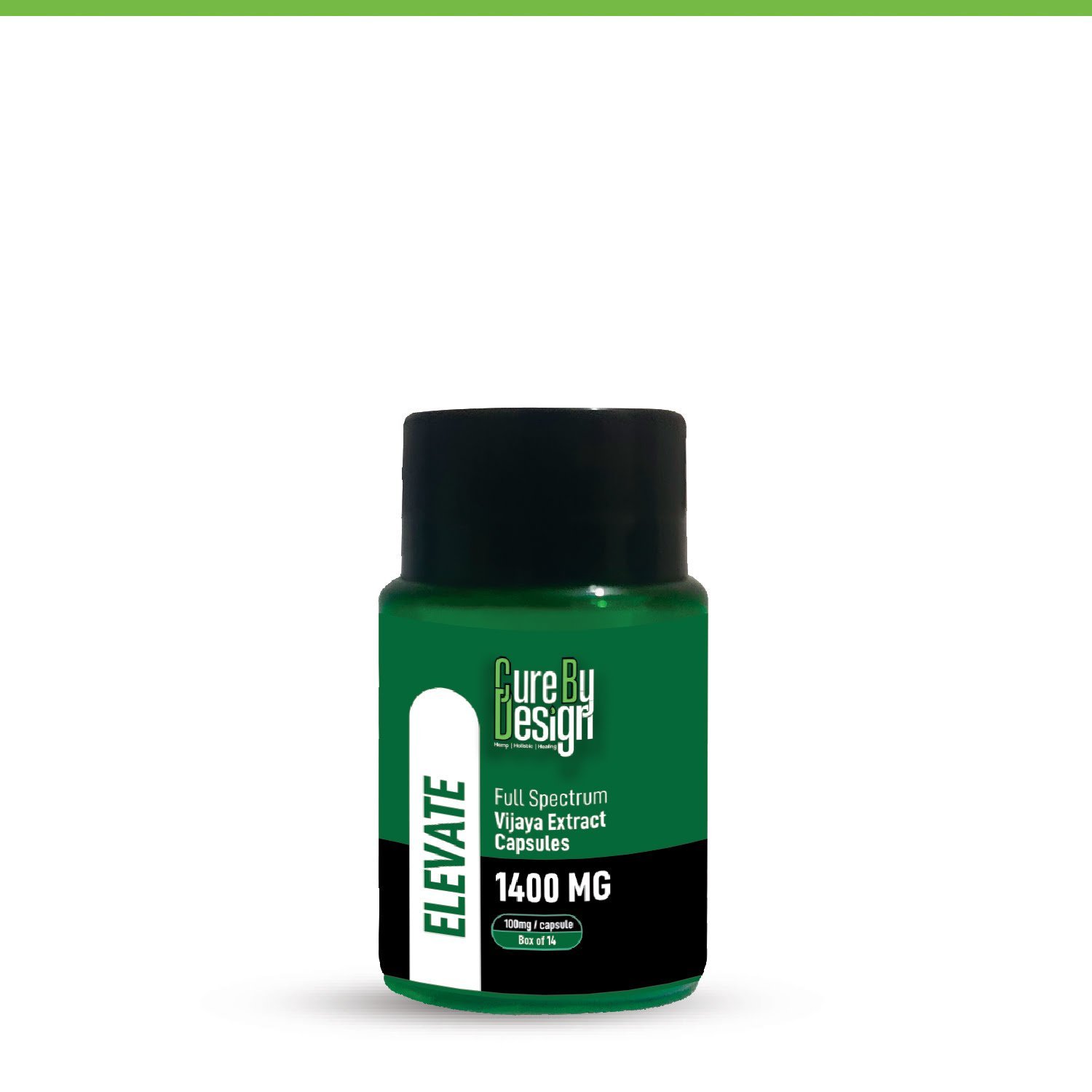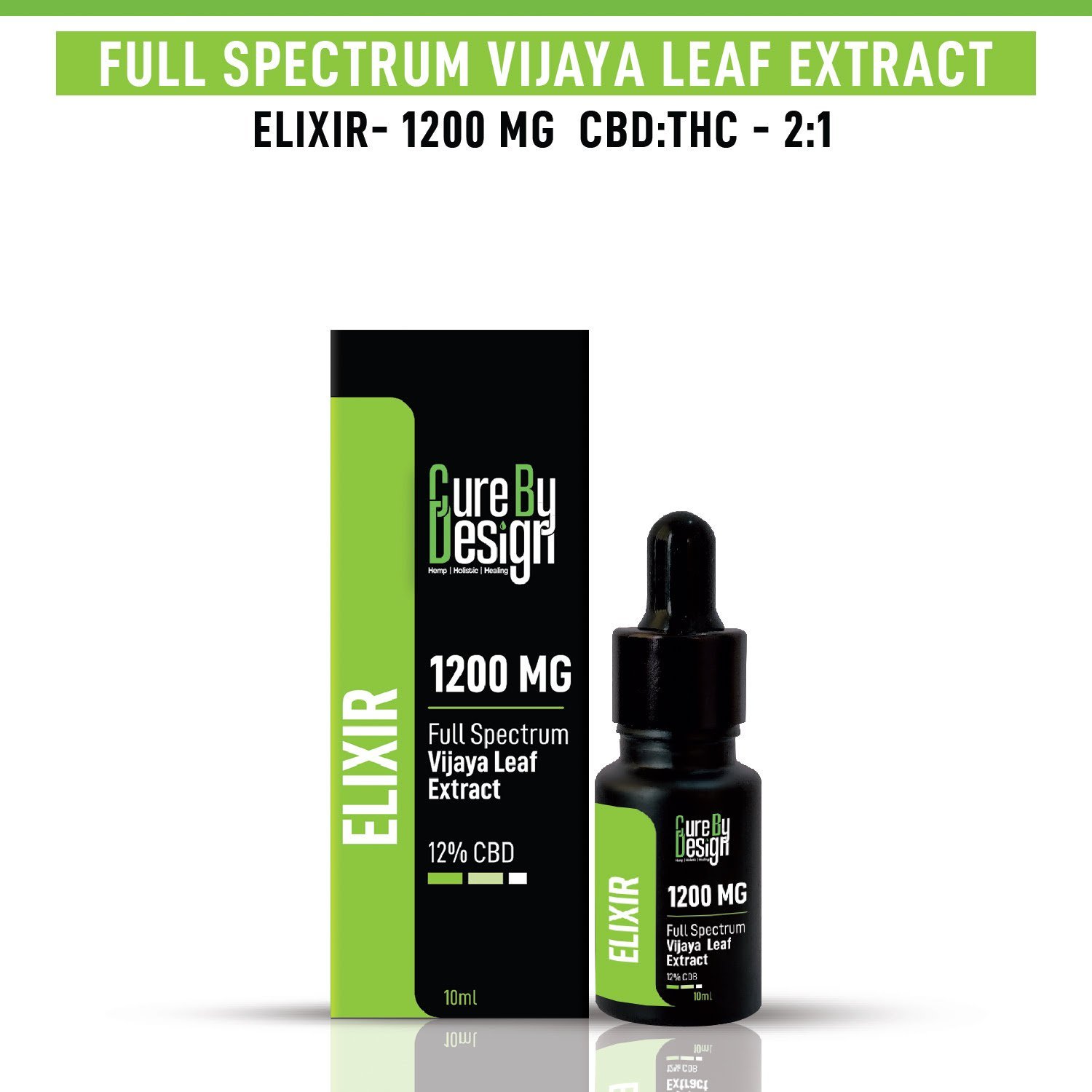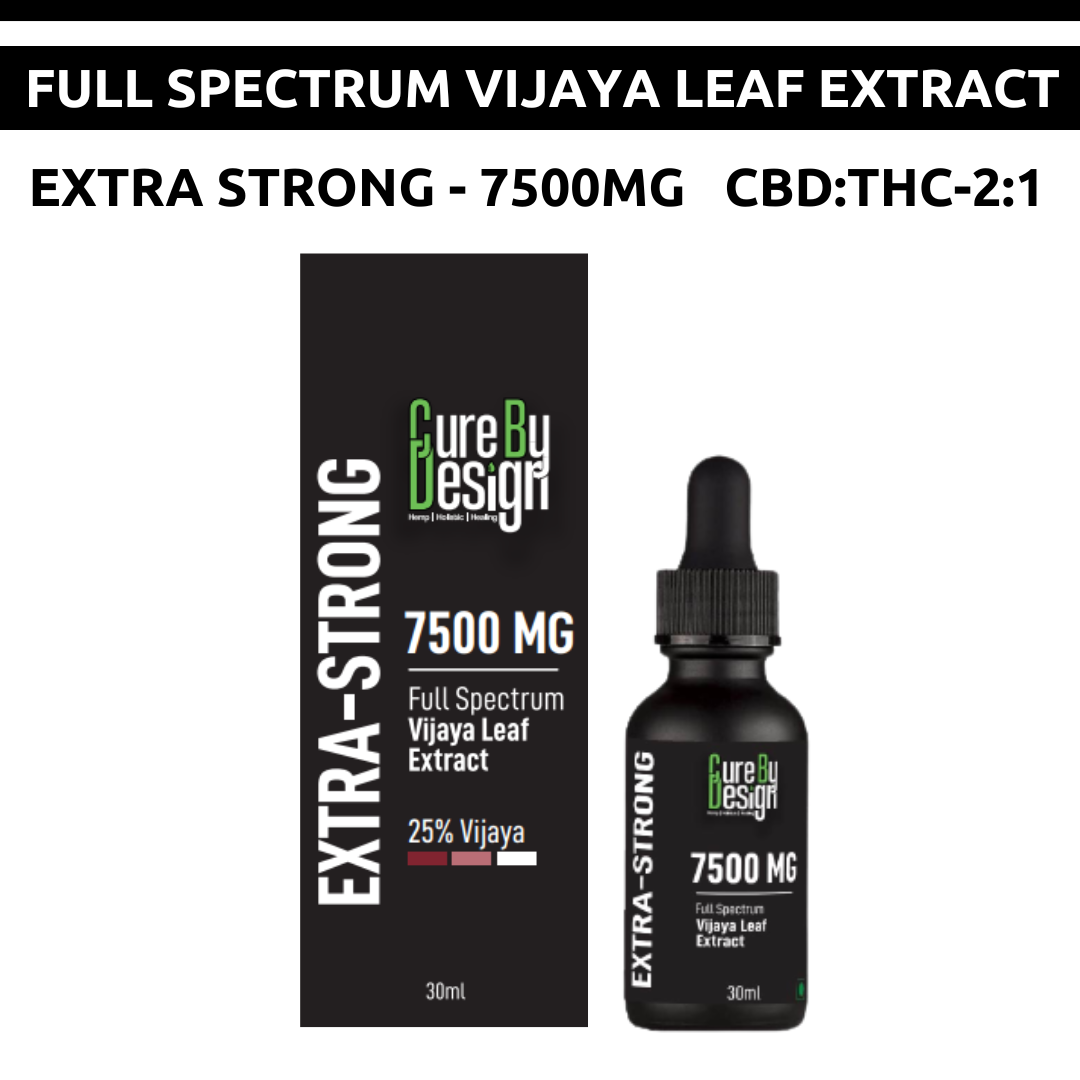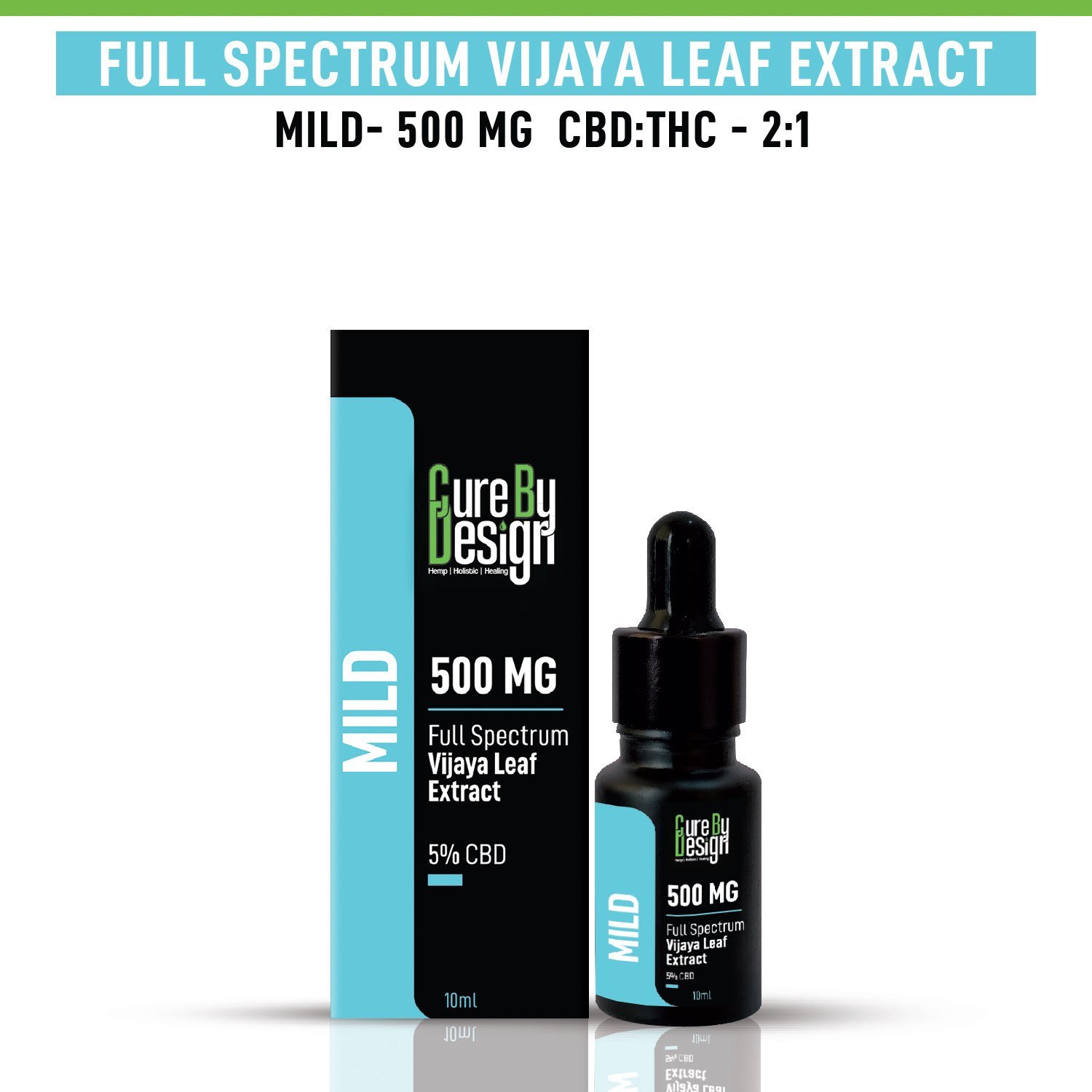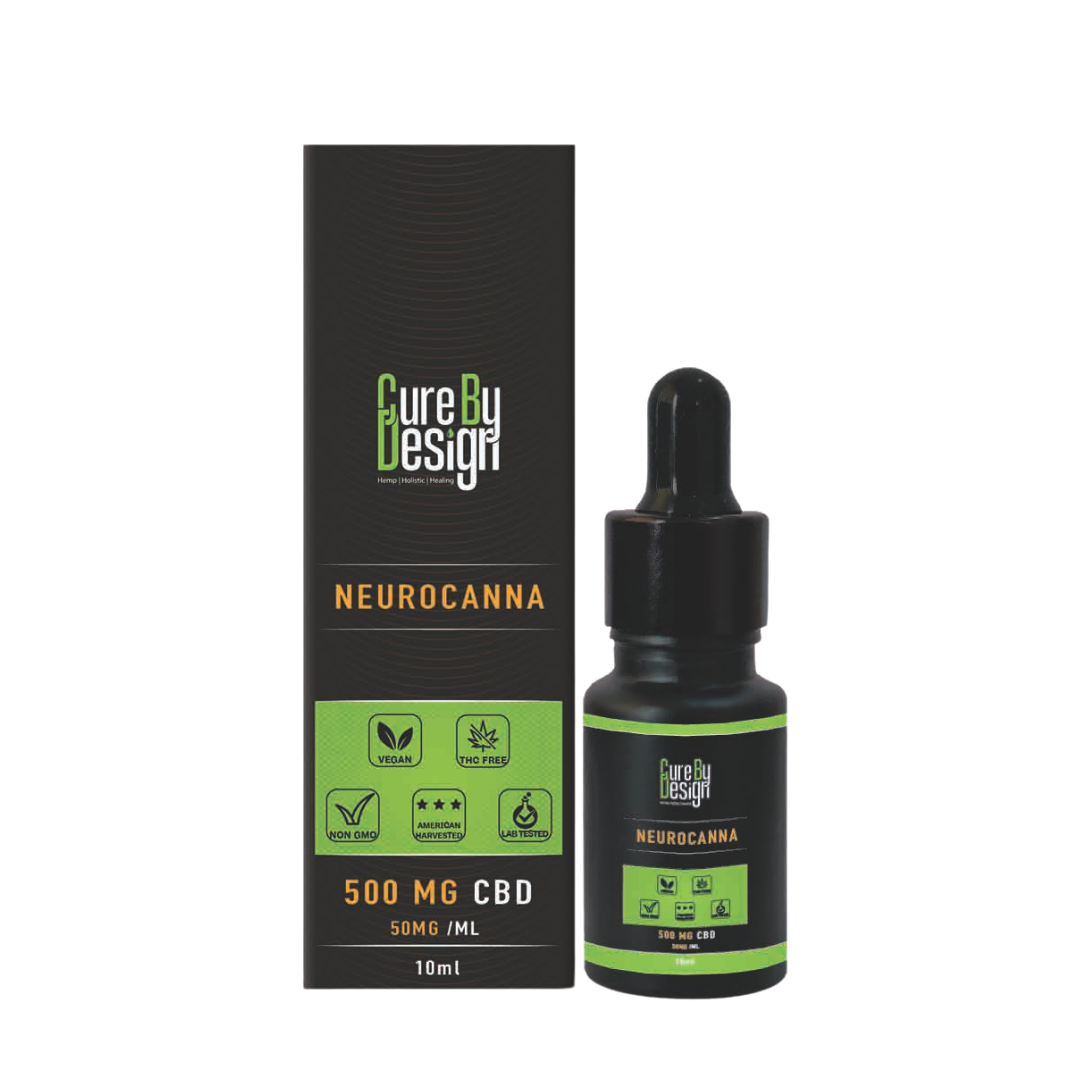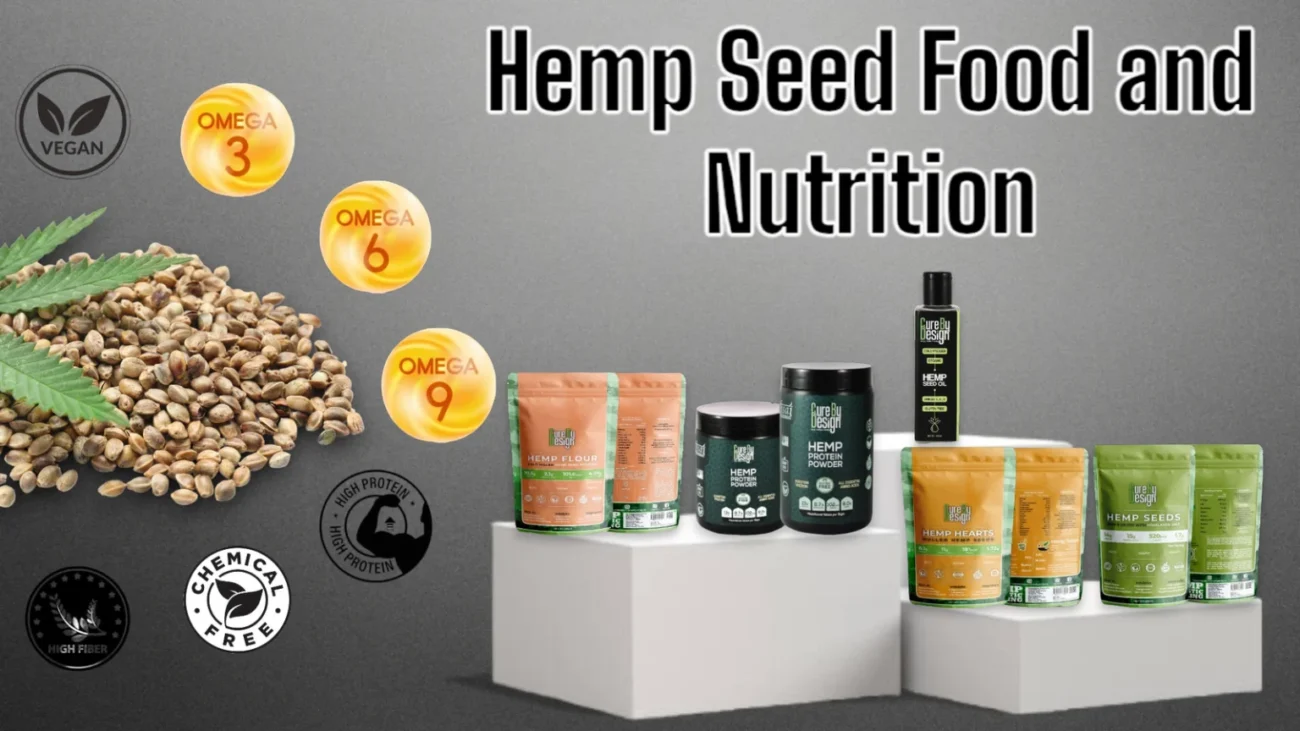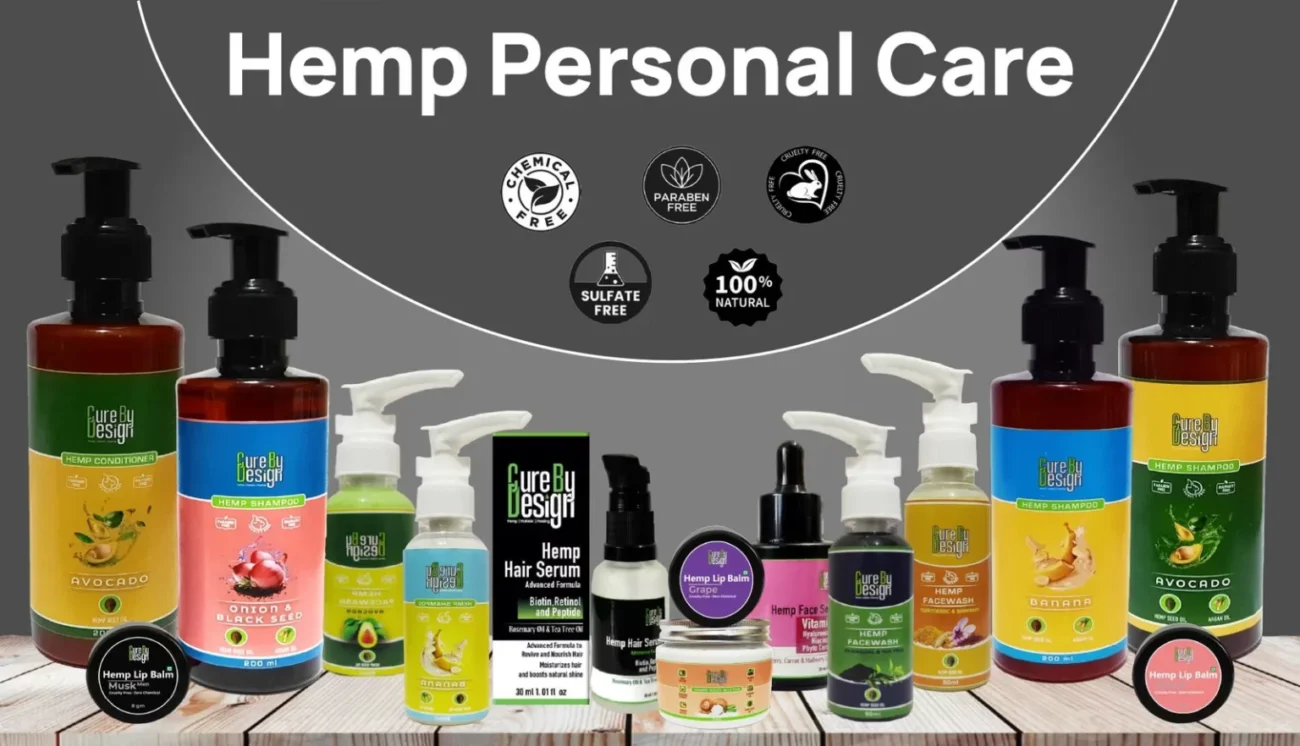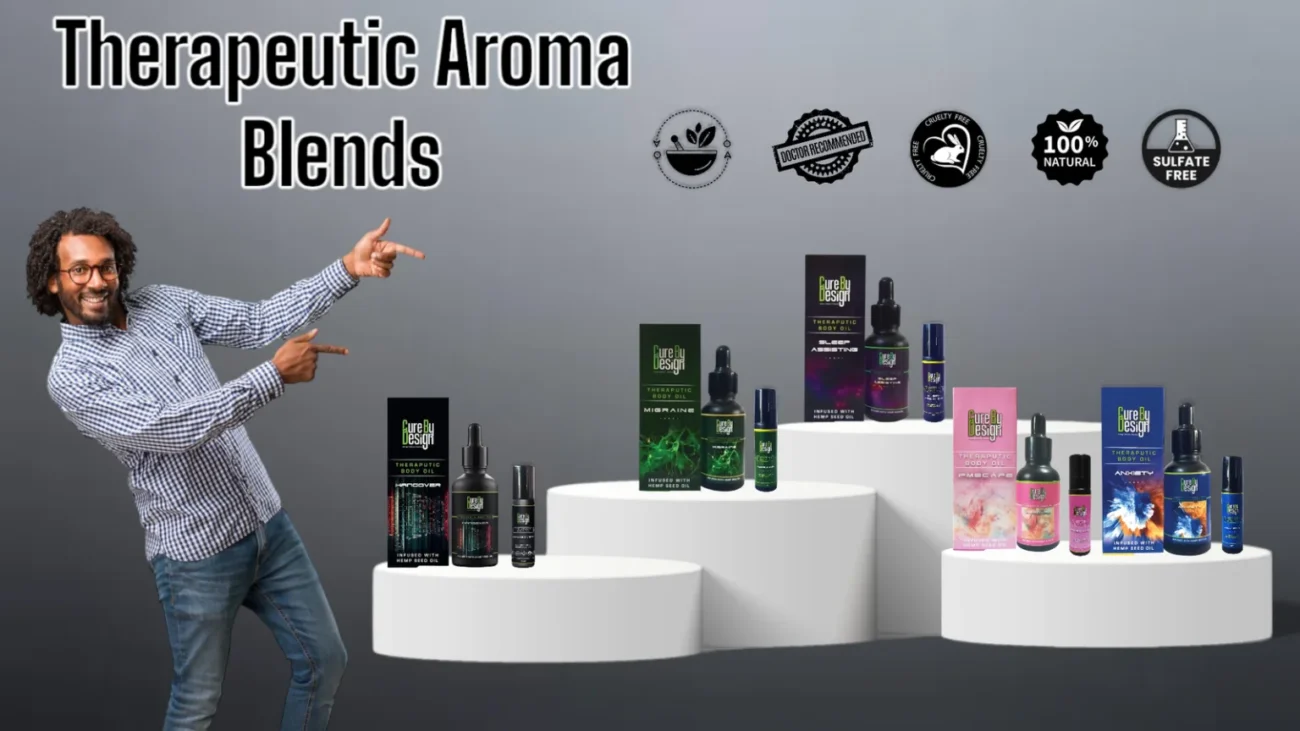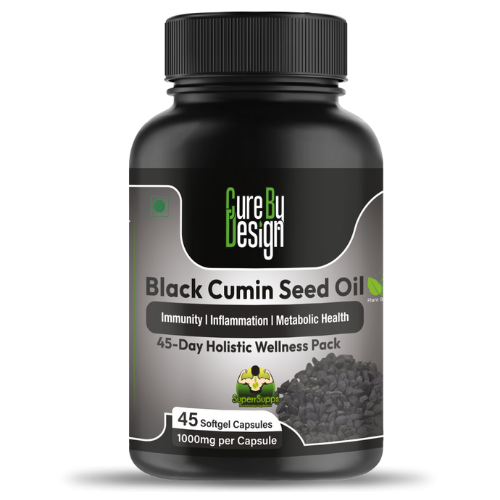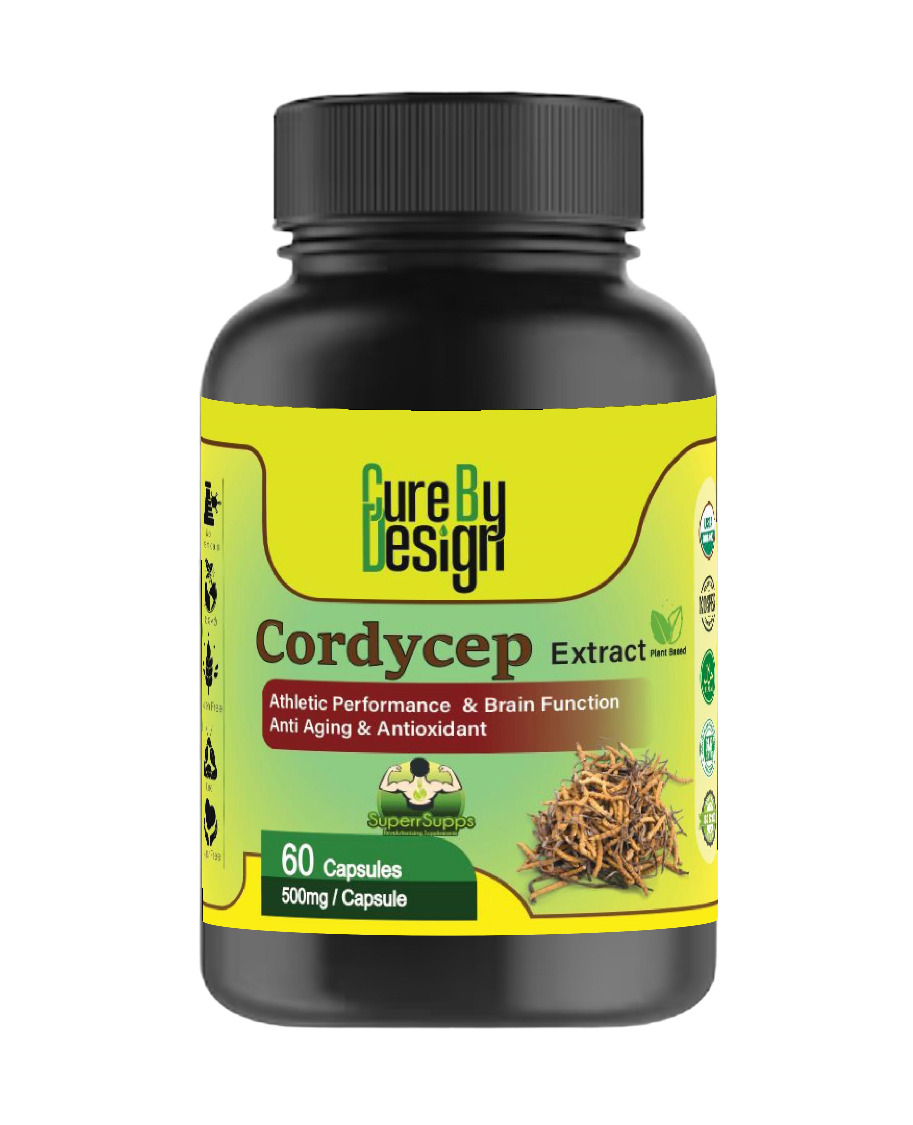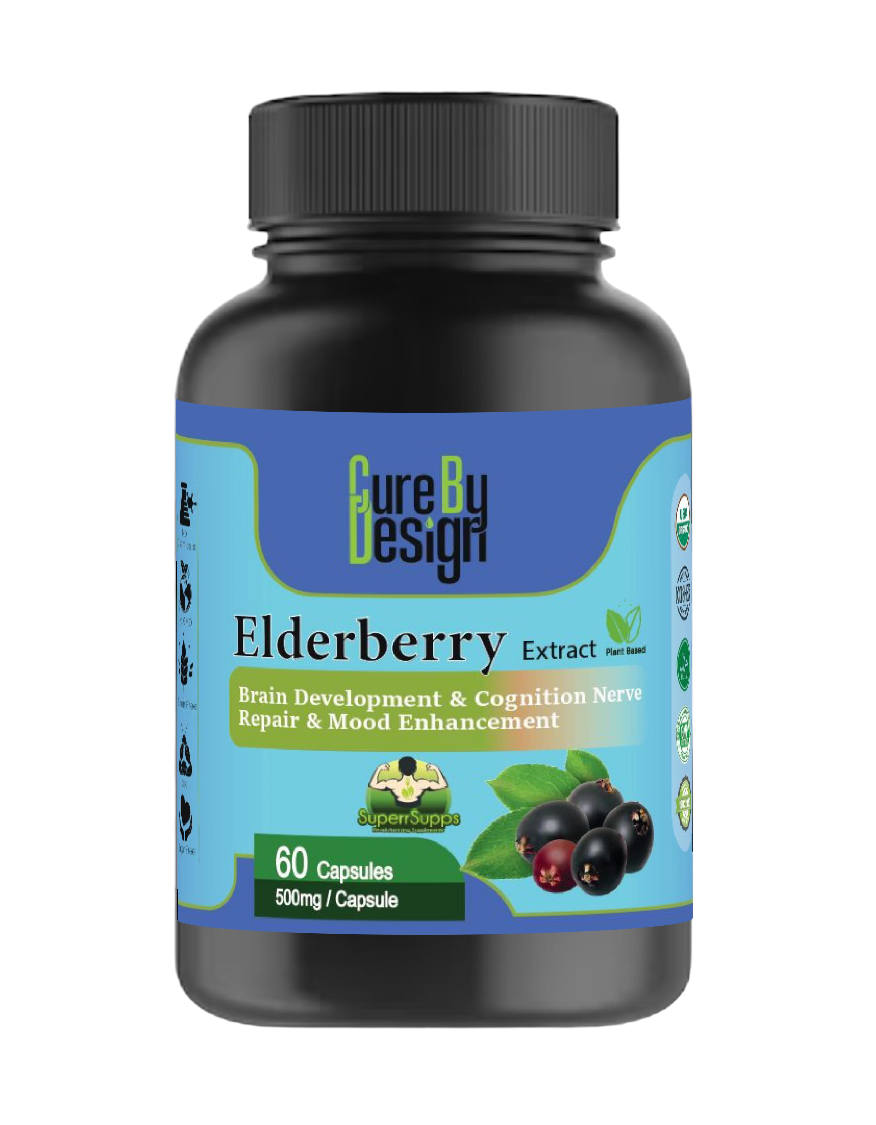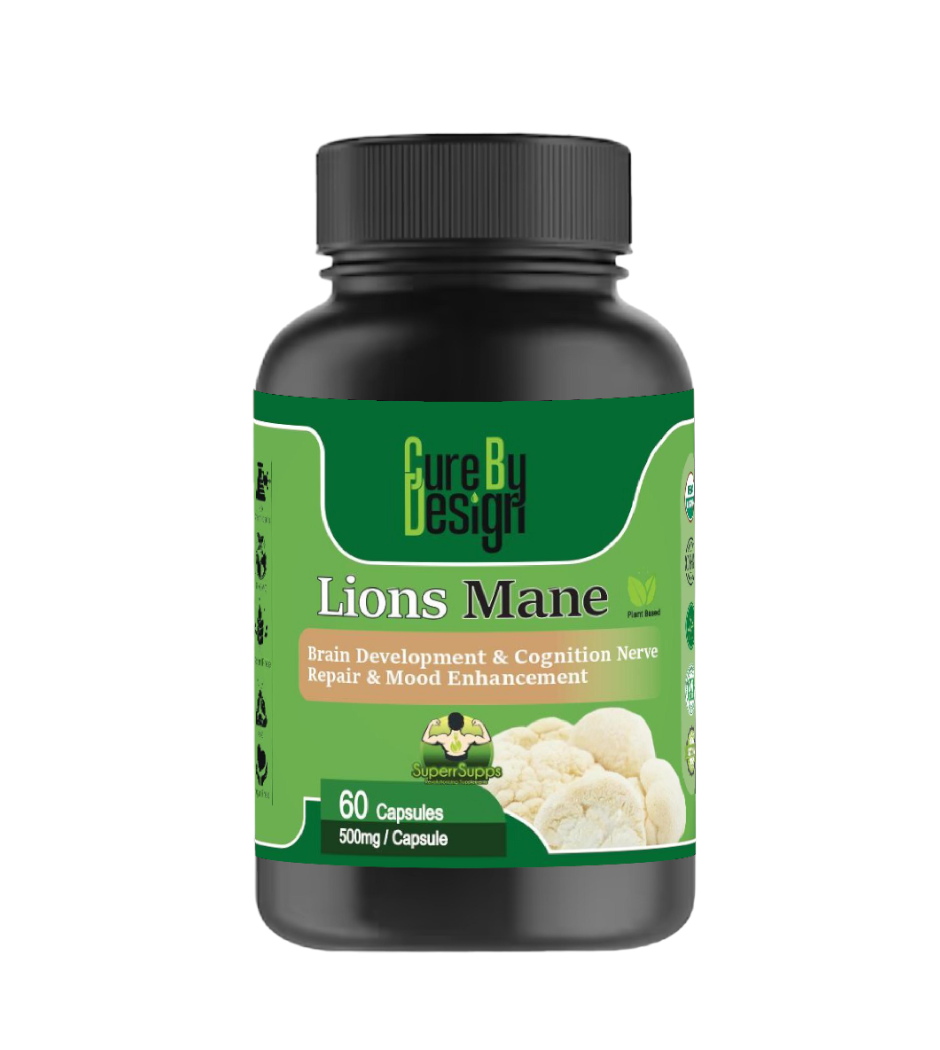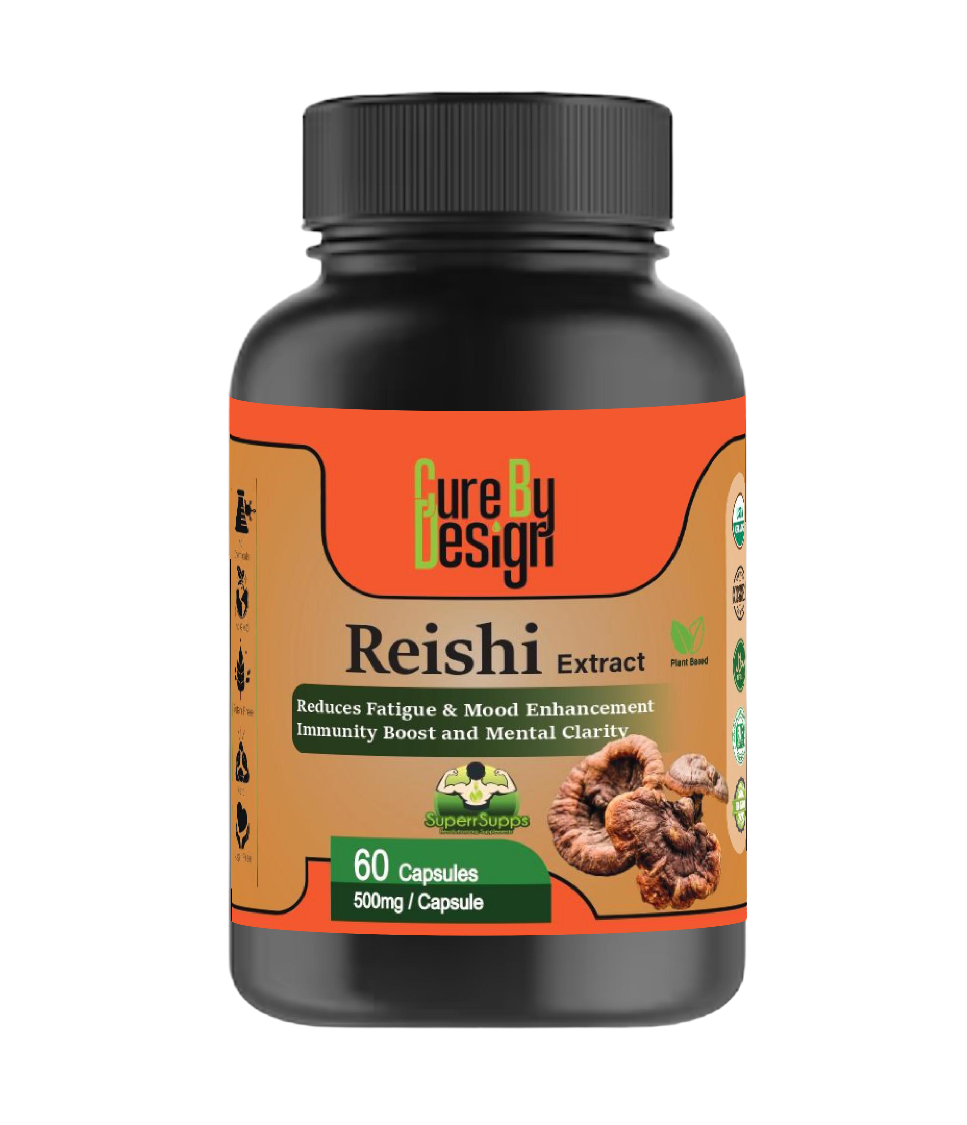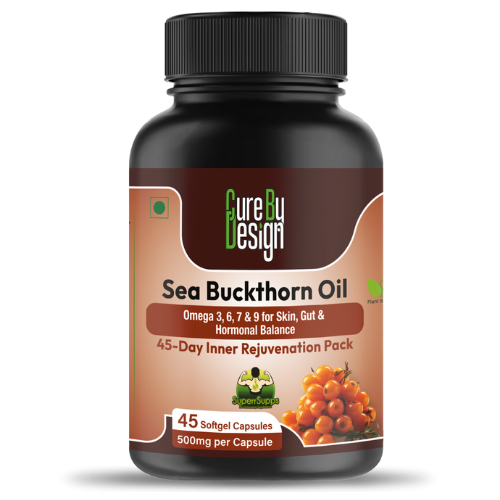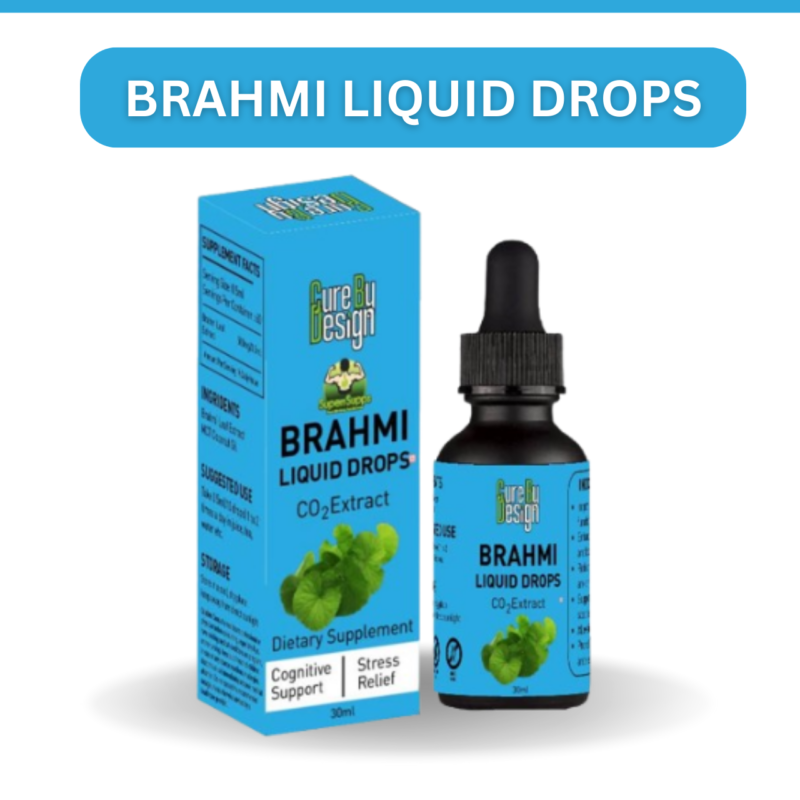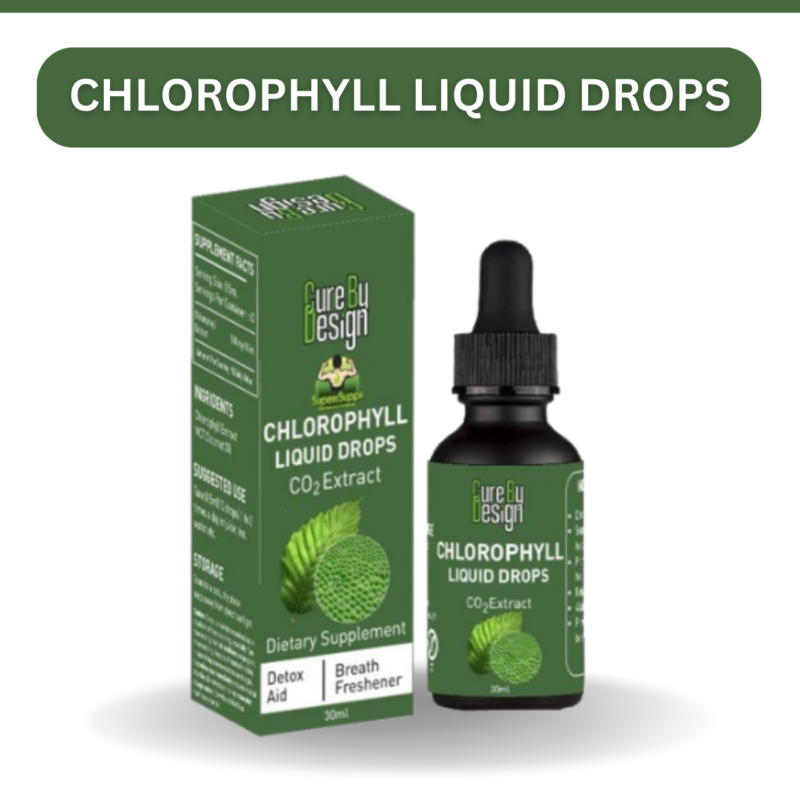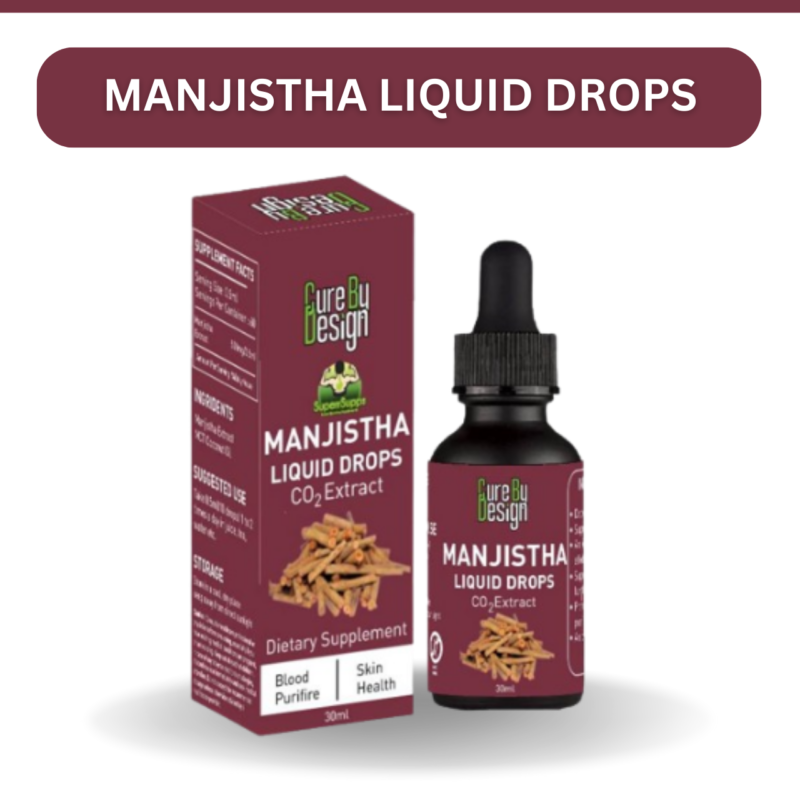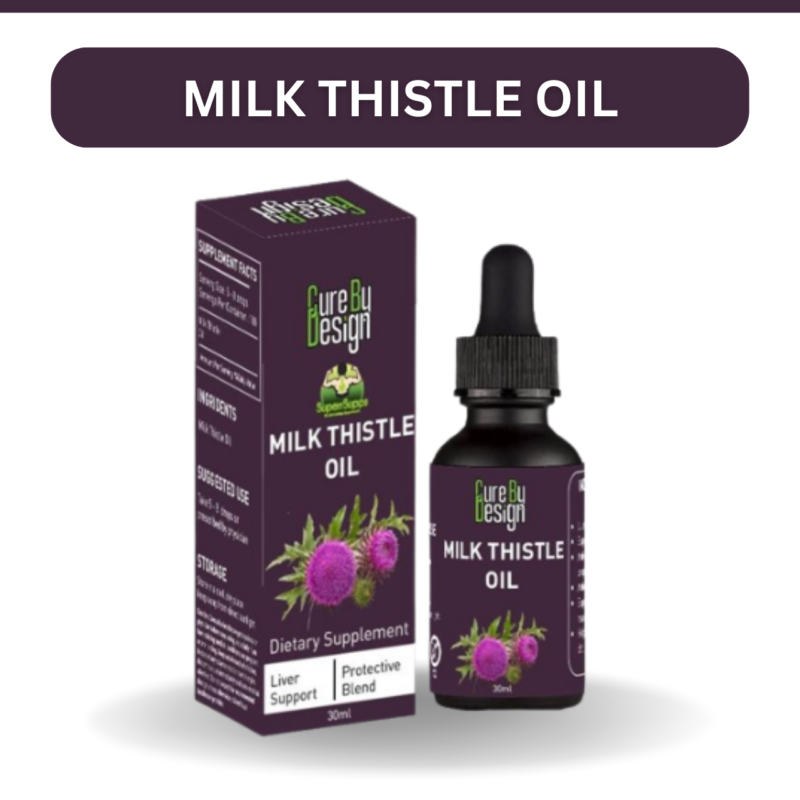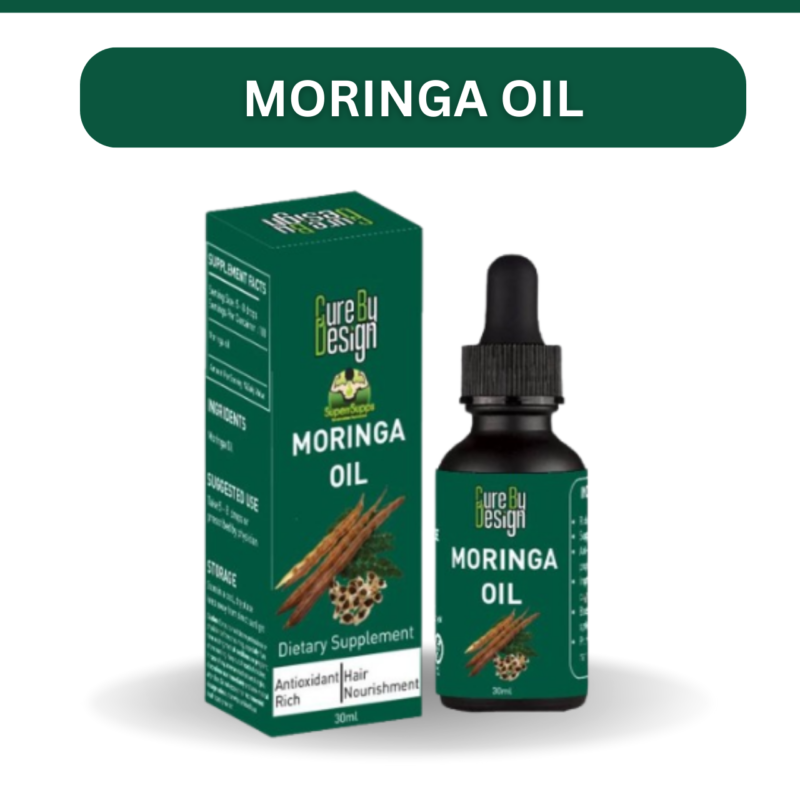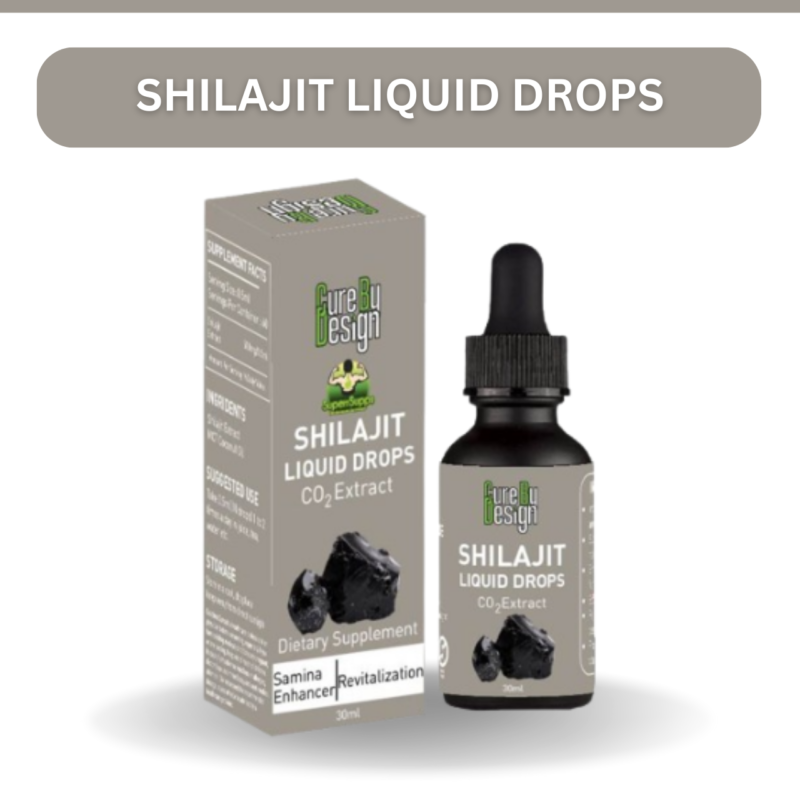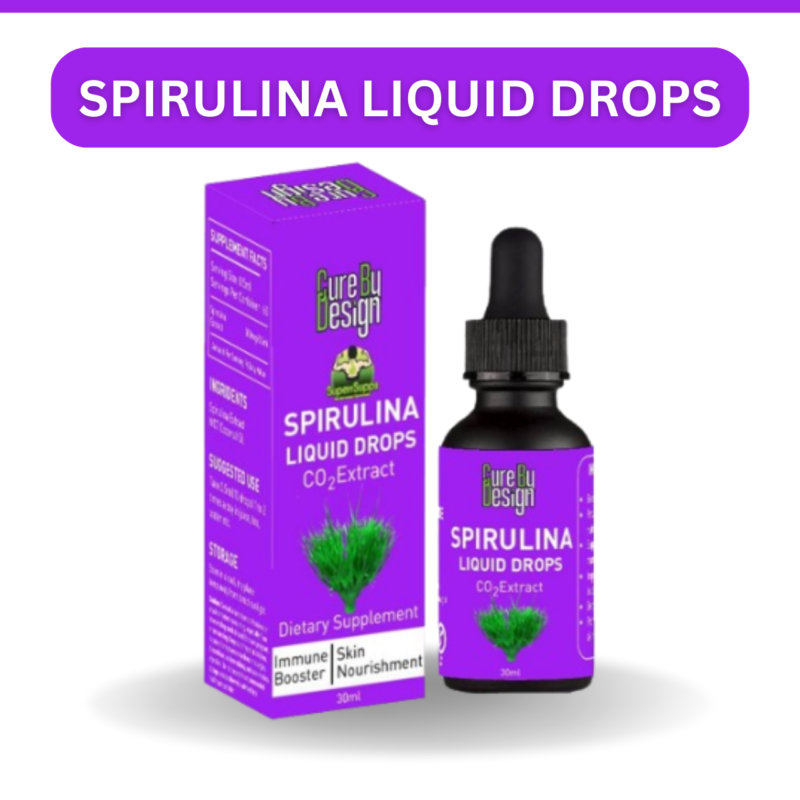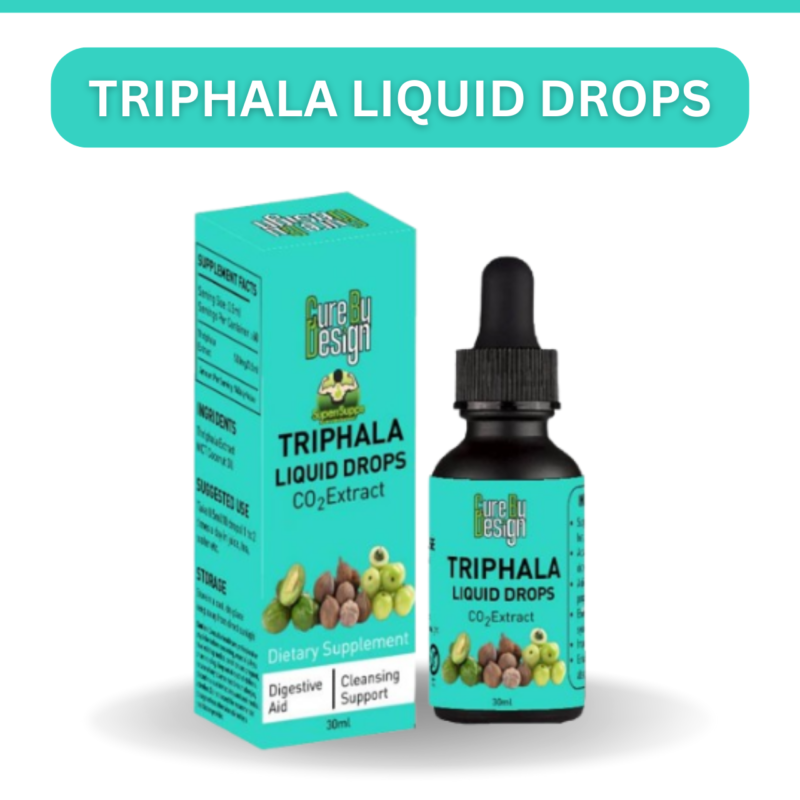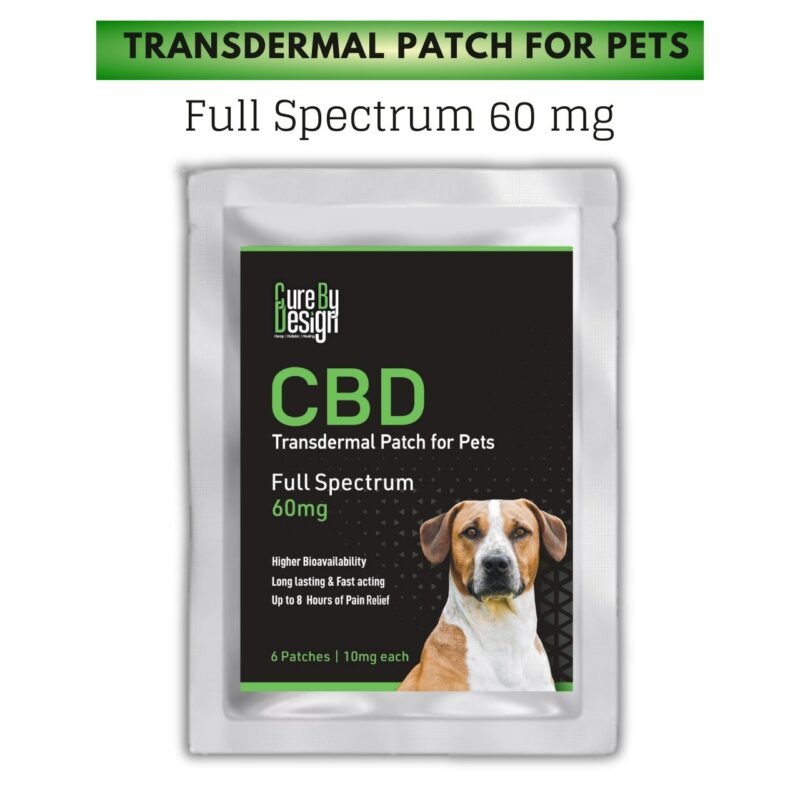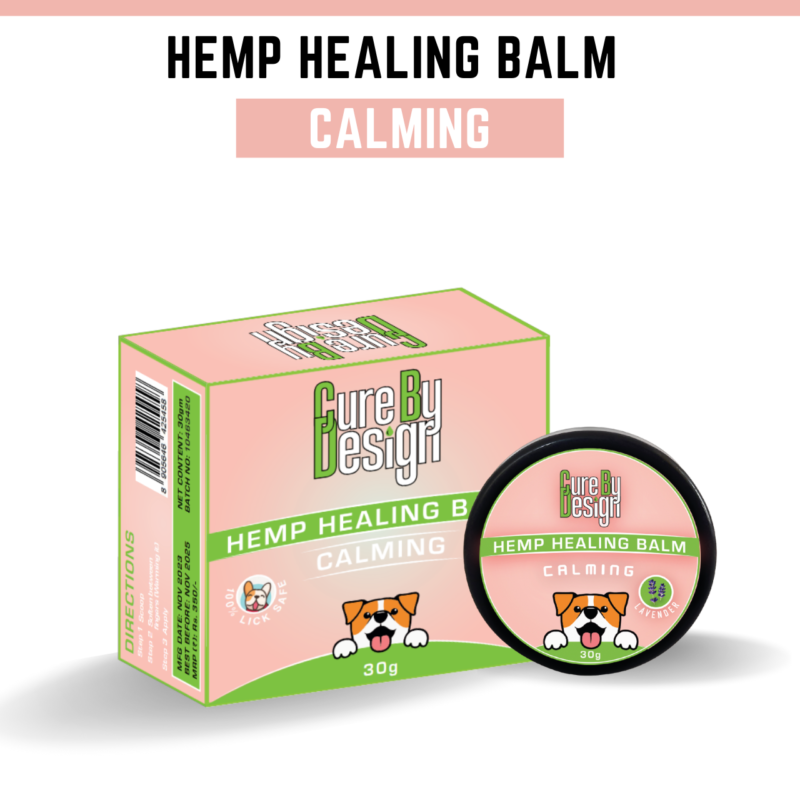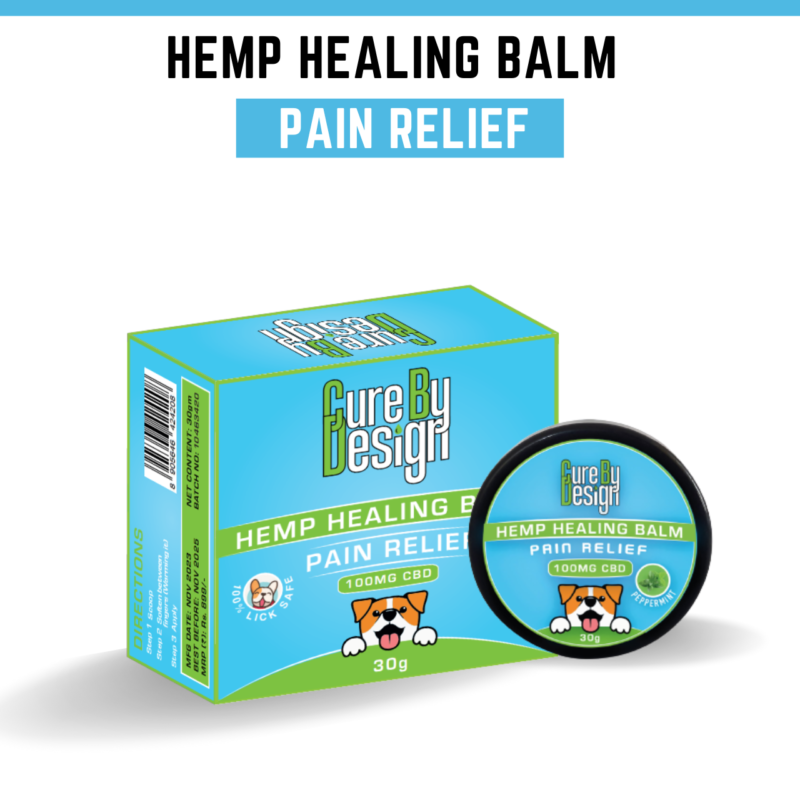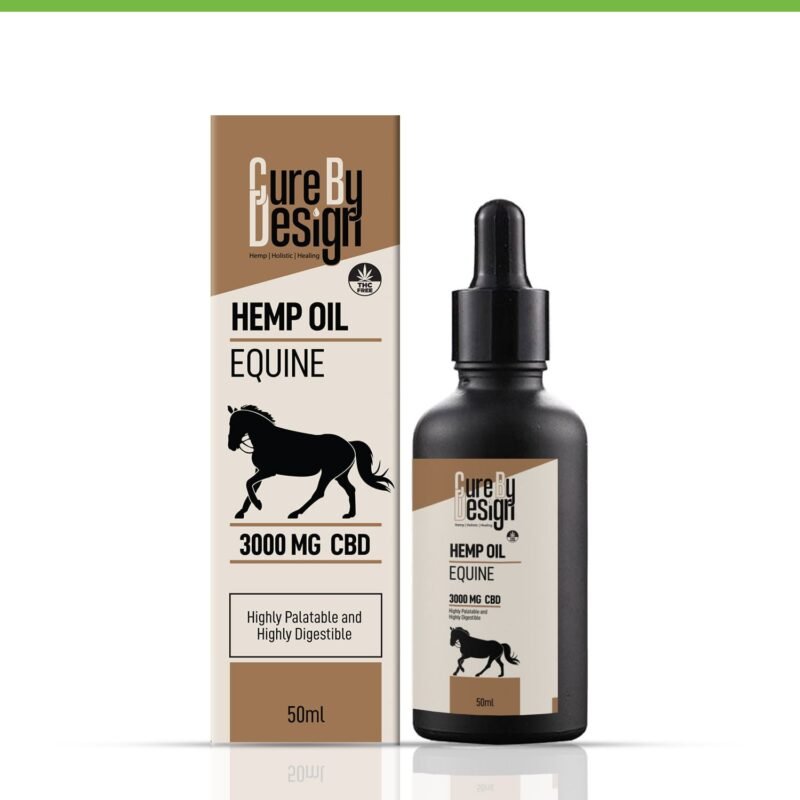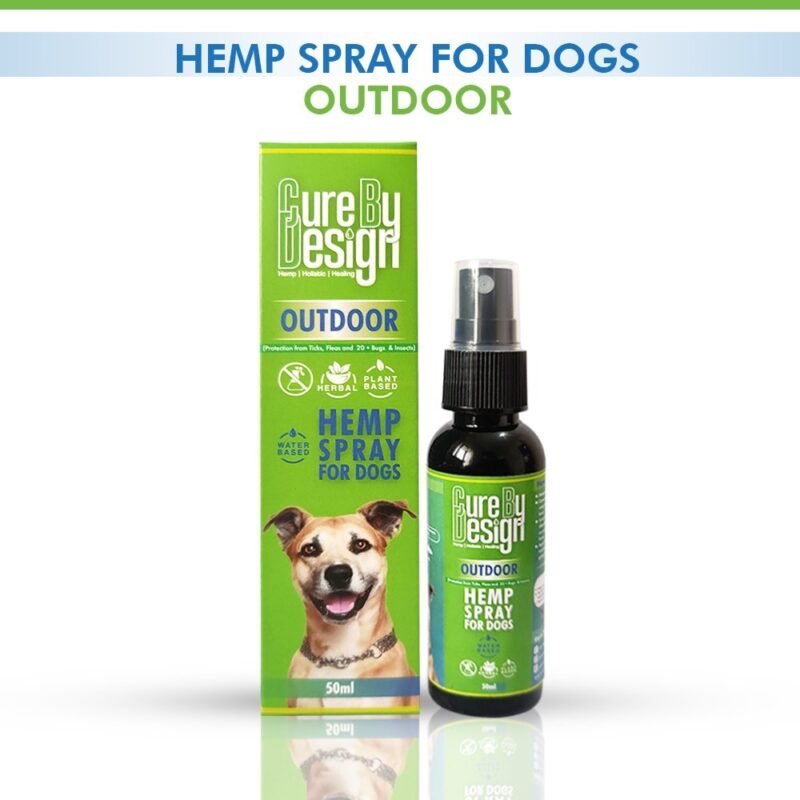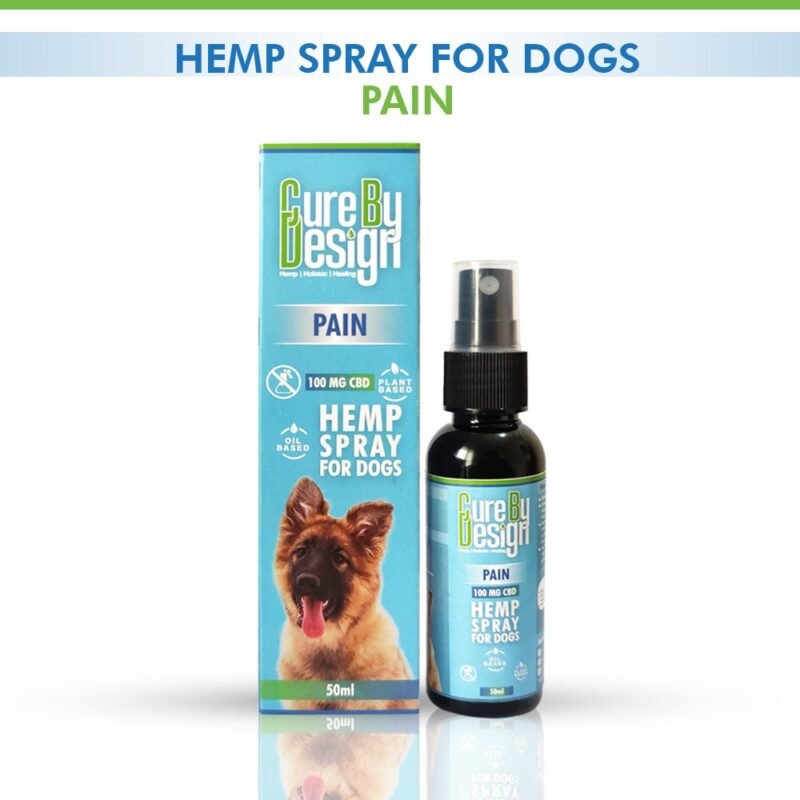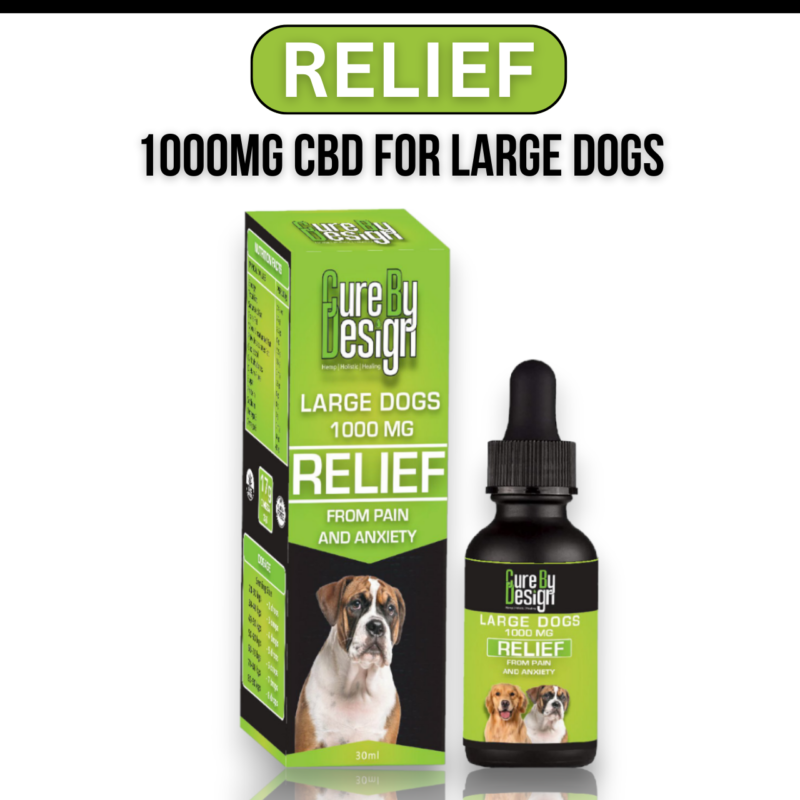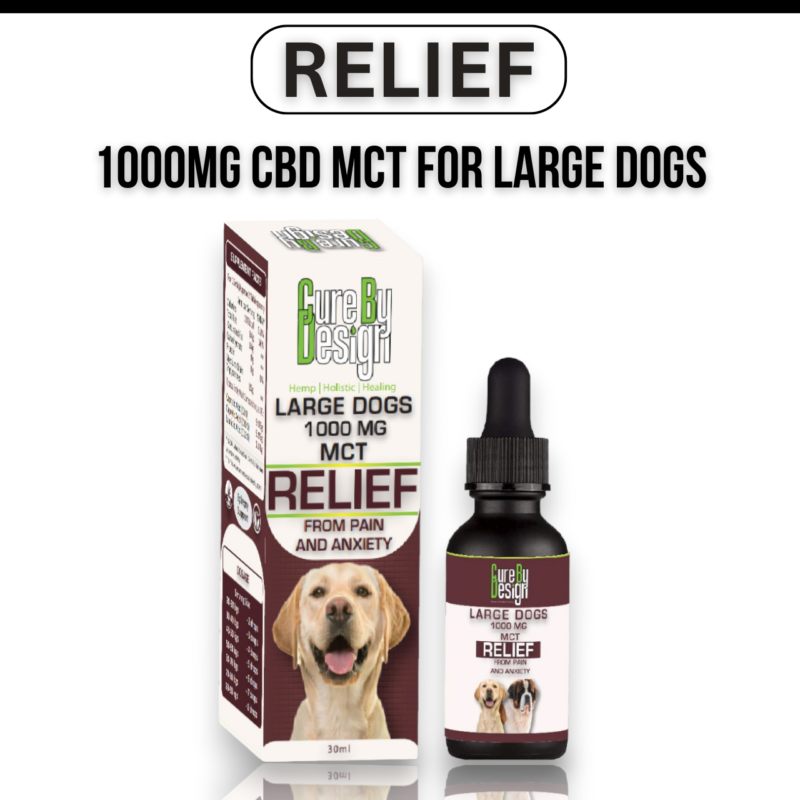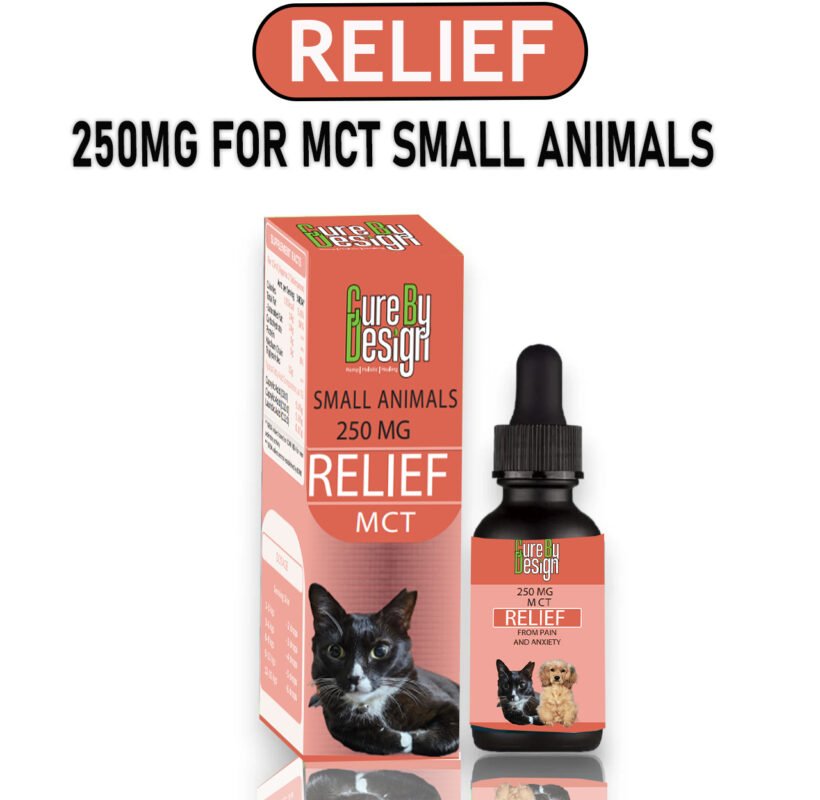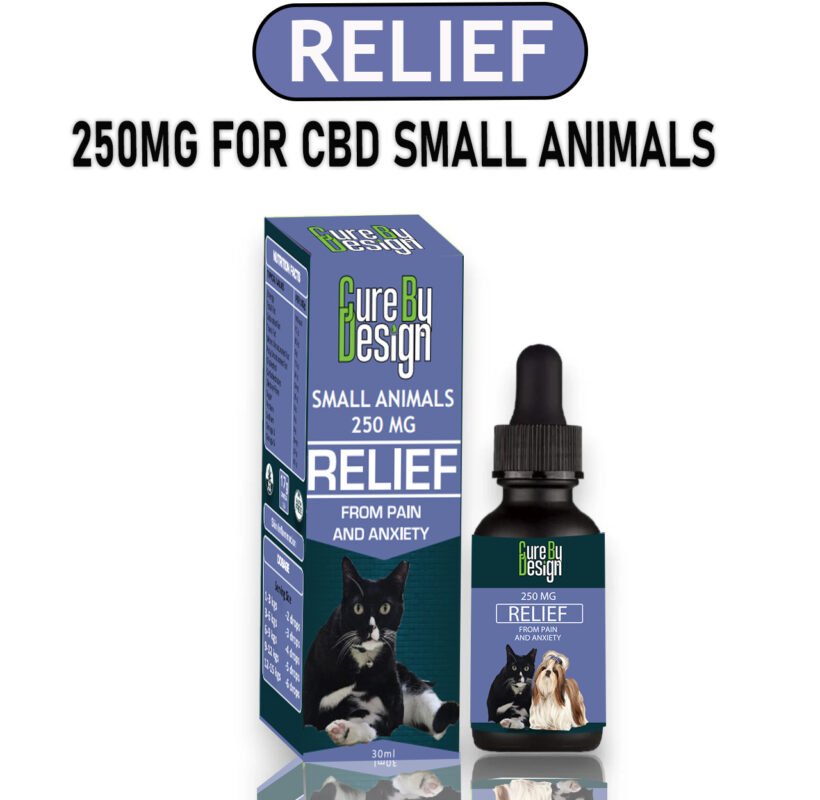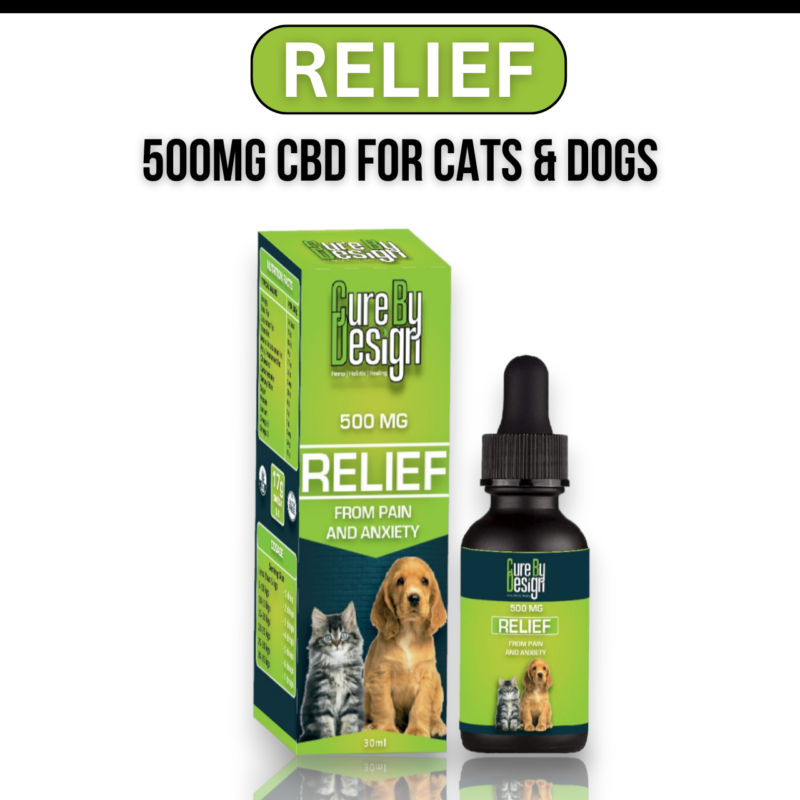Delta 8 vs. Delta 9 vs. Delta 10: Key Differences in Effects and Benefits
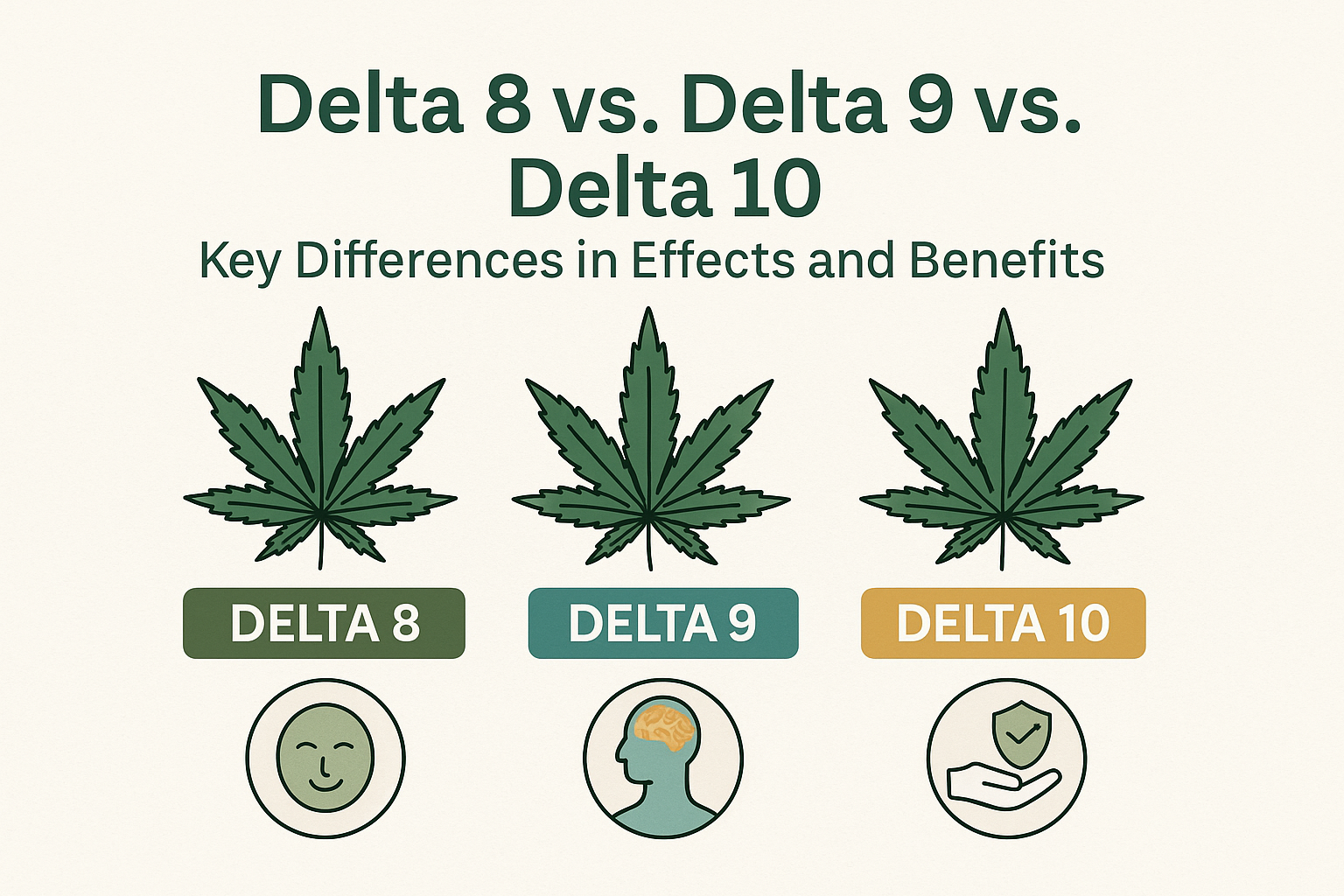
Delta-9 THC is the most potent and common form, producing a strong euphoric high but sometimes causing anxiety. Delta-8 THC is chemically similar but less potent, offering a milder, more relaxing experience without much paranoia. It’s often chosen for stress relief and sleep. Delta-10 THC has the lowest potency and gives a light, uplifting effect that helps with focus and creativity during the day. Medically, Delta-9 supports nausea and pain while Delta-8 shows promise for anxiety and depression though research is limited. All have side effects like dry mouth or dizziness, and users should be cautious due to variable product quality and complex legal status across states.
Table of Contents
- Chemical Structure of Delta 8, Delta 9, and Delta 10 THC
- Psychoactive Strength and User Effects Compared
- Medical Benefits of Each Delta THC Variant
- Safety, Side Effects, and Quality Concerns
- Federal and State Legal Status Updates
- User Experiences and Dosage Guidelines
- Common Ways to Use Delta 8, Delta 9, and Delta 10 THC
- Comparison Table of Delta 8, Delta 9, and Delta 10 THC
- Frequently Asked Questions
Chemical Structure of Delta 8, Delta 9, and Delta 10 THC

Delta-9 THC is the most common and abundant psychoactive compound found in cannabis, known for its strong effects. The key difference between Delta-9 and its relatives, Delta-8 and Delta-10 THC, lies in the position of a double bond in their chemical structure. Delta-8 THC has this bond on the 8th carbon atom, while Delta-9 has it on the 9th. Delta-10 THC, another isomer, places the double bond differently from both Delta-8 and Delta-9. These small changes in molecular structure might seem minor, but they significantly affect how each compound interacts with the body’s cannabinoid receptors. Delta-9 THC binds strongly to CB1 receptors in the brain, which is why it produces a more intense psychoactive high. In contrast, Delta-8 and Delta-10 have a weaker binding affinity, leading to milder and often more manageable effects. Naturally, both Delta-8 and Delta-10 exist only in trace amounts in cannabis plants, so most commercial products are made by converting hemp-derived CBD into these variants through synthetic processes. This method can impact the purity and safety of the final product, making it important for consumers to seek out trusted sources. Understanding these structural differences not only clarifies why each THC variant offers unique effects but also helps explain the varying legal status surrounding them.
Psychoactive Strength and User Effects Compared
Delta-9 THC stands out as the most potent among the three, delivering a strong euphoric high that significantly alters mood and perception. This intensity, however, can sometimes lead to anxiety or paranoia, especially in users who are sensitive or new to THC. In contrast, Delta-8 THC offers a gentler experience, roughly 50 to 70 percent as potent as Delta-9. It tends to produce a more relaxing, sedative effect, with many users reporting calmness and reduced anxiety, making it a popular choice for those seeking relief without overwhelming psychoactivity. Delta-10 THC is the least potent and is known for its light, uplifting, and energizing effects. Users often describe it as clear-headed, enhancing focus and creativity without heavy sedation, making it well suited for daytime use. While all three can impair motor skills and reaction time to some degree, Delta-8 and Delta-10 typically cause less cognitive impairment than Delta-9. Individual reactions vary widely, depending on factors like dosage, tolerance, and product quality, so starting with a low dose and adjusting gradually is important for any THC variant.
Medical Benefits of Each Delta THC Variant
Delta-9 THC is the most studied and recognized among the three, with FDA-approved synthetic versions like dronabinol used to treat nausea and appetite loss, especially in chemotherapy and HIV patients. Beyond that, it shows potential for relieving pain, reducing muscle spasticity, easing anxiety, and improving sleep disorders. Delta-8 THC, while less potent, is gaining attention for its ability to reduce anxiety, stress, and chronic pain, often with fewer side effects such as paranoia or intense sedation. It may also help stimulate appetite and support mood stabilization, making it a promising alternative for those sensitive to Delta-9’s stronger effects. Delta-10 THC has much less scientific backing but anecdotal reports suggest it boosts energy and mood, enhancing creativity and providing mild stress relief without the heavy sedation linked to other THC forms. This makes Delta-10 appealing for users who want therapeutic benefits while staying clear-headed and functional. All three interact with the endocannabinoid system but differ in how strongly and in what way they engage cannabinoid receptors, affecting their potency and effects. However, solid clinical studies are still needed to confirm these benefits and determine safe, effective dosages. Medical effectiveness will also depend on individual health conditions, product quality, and careful dosing.
Safety, Side Effects, and Quality Concerns
All three THC types, Delta-8, Delta-9, and Delta-10, share some common side effects such as dry mouth, red eyes, increased appetite, and impaired thinking. However, Delta-9 THC is more likely to cause anxiety, paranoia, rapid heartbeat, and short-term memory issues, especially in sensitive users. Delta-8 THC tends to produce fewer anxiety symptoms but can cause dizziness, dry mouth, and mild cognitive effects. Delta-10 THC side effects reported include dry mouth, dizziness, mild memory issues, and occasional nausea. A major concern with Delta-8 and Delta-10 is that many products are synthetically produced and lack consistent regulation, leading to risks from contaminants and inaccurate labeling. The FDA has issued warnings about adverse events linked to Delta-8 such as hallucinations and confusion, highlighting the need for caution. Because long-term safety data for Delta-8 and Delta-10 is limited, users should start with low doses and only buy products that provide third-party lab results to ensure quality and safety. Consulting a healthcare provider before using any of these cannabinoids is advisable, especially for those with underlying health conditions or who take other medications.
Federal and State Legal Status Updates
Under the 2018 Farm Bill, hemp-derived cannabinoids containing less than 0.3% Delta-9 THC are federally legal, making many Delta-8 and Delta-10 products technically legal at the federal level since they are usually derived from hemp. However, these two cannabinoids fall into a legal gray area because they are not explicitly mentioned in federal law, leading to ongoing debates and scrutiny by federal agencies. Meanwhile, Delta-9 THC remains federally illegal except when extracted from hemp under that 0.3% THC limit. At the state level, the legal landscape is more complex. Over 20 states, including New York and Colorado, have banned or restricted Delta-8 THC products due to concerns over safety, unregulated production, and synthetic manufacturing methods. Some states take a stricter approach, banning all forms of THC regardless of source, which complicates access to any Delta THC variant. In contrast, states with established medical or recreational cannabis programs typically allow Delta-9 THC use within regulated frameworks. For example, Texas vetoed a bill that would have banned Delta-8 and Delta-9 THC derived from hemp, effectively keeping them legal under state law. Florida permits Delta-8 THC derived from hemp with less than 0.3% Delta-9 THC, but local ordinances can vary, so consumers should remain cautious. Because federal agencies continue to evaluate the safety and legal status of Delta-8 and Delta-10 THC, consumers must carefully check their specific state laws before purchasing or using any THC products to avoid potential legal issues.
User Experiences and Dosage Guidelines
Delta-9 THC is often chosen by users seeking strong psychoactive effects and deep relaxation, but it can cause anxiety or paranoia in some, especially at higher doses. In contrast, Delta-8 THC offers a gentler, more sedative experience that many find helpful for unwinding or as a sleep aid, with fewer reports of anxiety. Delta-10 THC stands out for its mild, energizing effects, making it a go-to option for daytime use when focus and creativity are desired without heavy intoxication. For Delta-10, beginners are typically advised to start with 5 to 10 mg, intermediates can try 10 to 25 mg, and experienced users may go up to 40 mg. Many users note that both Delta-8 and Delta-10 cause less cognitive impairment compared to Delta-9, helping maintain alertness and clarity. How you consume these cannabinoids also matters: vaping or smoking delivers rapid onset but may irritate the lungs, while edibles take longer to kick in but provide longer-lasting effects. Tinctures and oils offer precise dosing and a gradual onset, which can be helpful for managing effects carefully. For those seeking relief without any psychoactive effects, topical products can target localized discomfort. Regardless of the type or method, starting with a low dose and gradually increasing allows users to find their ideal balance while minimizing unwanted side effects.
Common Ways to Use Delta 8, Delta 9, and Delta 10 THC

Delta 8, Delta 9, and Delta 10 THC can be consumed in various ways, each offering different benefits depending on user preferences and needs. Smoking and vaping remain popular choices across all three, mainly because they provide a quick onset of effects, making them ideal for those who want fast relief or a rapid experience. Edibles, including gummies and capsules, offer a more discreet and longer-lasting effect, but they take longer to kick in since they must be digested. Tinctures and oils are favored for their precise dose control, especially among medicinal users, allowing for tailored management of symptoms or effects. Topical creams and balms are unique in that they deliver localized relief without producing any psychoactive effects, making them suitable for those seeking targeted pain or inflammation relief. Recently, infused beverages and sublingual sprays have gained traction; beverages are easy to consume and discreet, while sublingual sprays absorb faster than edibles but are still simple to use. Many users combine different methods to balance onset time and duration, such as vaping for quick effects followed by edibles for sustained relief. However, due to varying product quality and transparency, particularly with Delta 8 and Delta 10, it’s important to purchase from reputable sources and follow usage instructions closely. Consulting with a healthcare professional is advisable when unsure about dosing or product suitability.
- Smoking and vaping are common for quick onset of effects for all three THC types.
- Edibles provide a discreet and longer-lasting experience but with slower onset.
- Tinctures and oils offer precise dose control and are popular among medicinal users.
- Capsules and gummies are preferred for convenience and consistent dosing.
- Topical creams and balms deliver localized relief without causing intoxication.
- Beverages infused with Delta THC variants are gaining popularity for ease of use.
- Sublingual sprays provide faster absorption than edibles and are easy to use.
- Combining methods allows users to tailor onset times and effect durations.
- Product quality and ingredient transparency vary widely, especially for Delta-8 and Delta-10.
- Users should follow product instructions and consult professionals when uncertain about use.
Comparison Table of Delta 8, Delta 9, and Delta 10 THC
The differences between Delta 8, Delta 9, and Delta 10 THC come down to potency, effects, medical uses, side effects, legality, and best uses. Delta-9 THC is the most abundant and potent, causing strong euphoric highs but also a higher chance of anxiety or paranoia. Delta-8 THC is less potent, about 50 to 70 percent of Delta-9’s strength, offering relaxing and sedative effects with a lower risk of anxiety, making it popular for calming and sleep. Delta-10 THC has the lowest potency and delivers uplifting, energizing effects that suit daytime use for focus and creativity. All three interact with the endocannabinoid system but vary in how strongly they bind to cannabinoid receptors, influencing their effects. Medically, Delta-9 has approved uses like treating nausea and appetite loss, while Delta-8 and Delta-10 have mostly anecdotal benefits for stress, pain, and mood enhancement. Side effects like dry mouth and dizziness are common but generally milder with Delta-8 and Delta-10. Legally, Delta-9 remains federally illegal except for hemp-derived forms under 0.3 percent THC, whereas Delta-8 and Delta-10 occupy a gray area with many states restricting them due to safety and synthetic production concerns. Typical consumption methods include smoking, vaping, edibles, tinctures, and topicals across all types. Choosing between these depends on desired potency, effects, legal status, and product quality. For example, someone seeking a strong recreational high might opt for Delta-9, while another wanting a gentle, relaxing effect without heavy intoxication might prefer Delta-8. Meanwhile, users looking for a mild boost in energy and focus during the day often turn to Delta-10.
| Feature | Delta-9 THC | Delta-8 THC | Delta-10 THC |
|---|---|---|---|
| Natural Abundance | Most abundant THC in cannabis | Trace amounts, mostly synthetic | Trace amounts, mostly synthetic |
| Psychoactive Potency | Highest | Moderate (50-70% of Delta-9) | Lowest |
| Typical Effects | Euphoric, potent high, anxiety possible | Relaxing, sedative, mild high | Uplifting, energizing, mild high |
| Medical Uses | Nausea, pain, appetite, sleep | Anxiety, stress, pain, appetite | Energy, mood, creativity, mild stress relief |
| Side Effects | Anxiety, paranoia, memory loss | Less anxiety, dry mouth, dizziness possible | Dry mouth, dizziness, mild memory issues |
| Legal Status (US) | Federally illegal except hemp-derived <0.3% THC | Federally legal if hemp-derived, banned in many states | Federally legal if hemp-derived, restricted in some states |
| Common Consumption | Smoking, edibles, tinctures | Edibles, vapes, tinctures | Edibles, vapes, tinctures |
| Best Use | Recreational, deep relaxation | Relaxation, sleep aid | Daytime focus, creativity boost |
Frequently Asked Questions
1. How do the effects of Delta 8 compare to Delta 9 in terms of intensity and duration?
Delta 8 generally produces milder effects than Delta 9. Users often report a more clear-headed and less anxious experience with Delta 8, while Delta 9 tends to be stronger and can cause more intense psychoactive effects. The duration is usually similar, but Delta 8 might feel smoother and less overwhelming.
2. What unique benefits does Delta 10 offer that differ from Delta 8 and Delta 9?
Delta 10 is known for offering more uplifting and energizing effects compared to Delta 8 and Delta 9. It tends to promote focus and creativity without strong sedation, making it a preferred option for daytime use, whereas Delta 8 is often more relaxing and Delta 9 can vary widely depending on strain and dose.
3. Are there differences in how Delta 8, Delta 9, and Delta 10 interact with the body’s endocannabinoid system?
All three compounds interact with the endocannabinoid system but bind to receptors in slightly different ways. Delta 9 has the strongest binding affinity to CB1 receptors, which leads to more potent psychoactive effects. Delta 8 and Delta 10 bind less strongly, resulting in gentler effects and different profiles in mood and physical sensations.
4. Can the side effects from Delta 8, Delta 9, and Delta 10 vary significantly?
Yes, side effects can differ. Delta 9 is more likely to cause anxiety, paranoia, or dry mouth at higher doses. Delta 8 usually results in fewer negative effects and is considered more tolerable for sensitive users. Delta 10’s side effects are less documented but tend to be mild, mainly focusing on alertness or slight dry mouth without heavy sedation.
5. How do the benefits of Delta 8, Delta 9, and Delta 10 compare for therapeutic uses like pain relief or anxiety?
Delta 9 is widely used for pain relief and anxiety but can sometimes intensify anxiety in sensitive users. Delta 8 offers similar therapeutic benefits but with less intensity and fewer anxiety-related side effects, making it a good option for mild pain and stress. Delta 10 is less studied but may help with mood enhancement and focus rather than strong pain relief.

